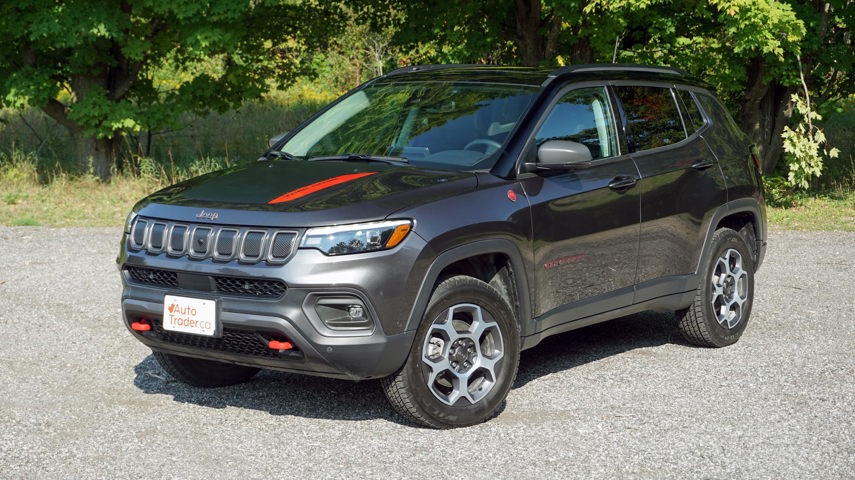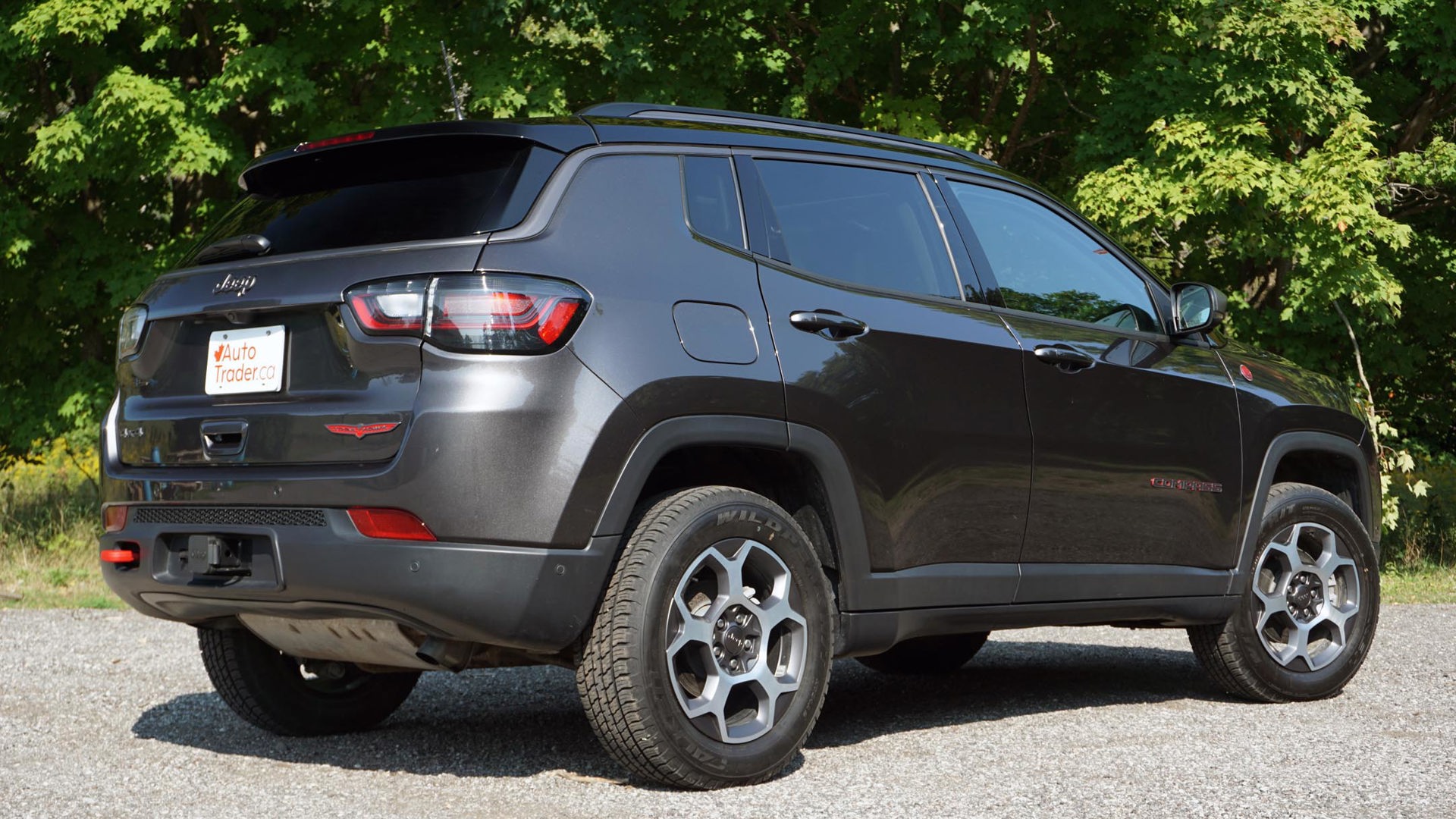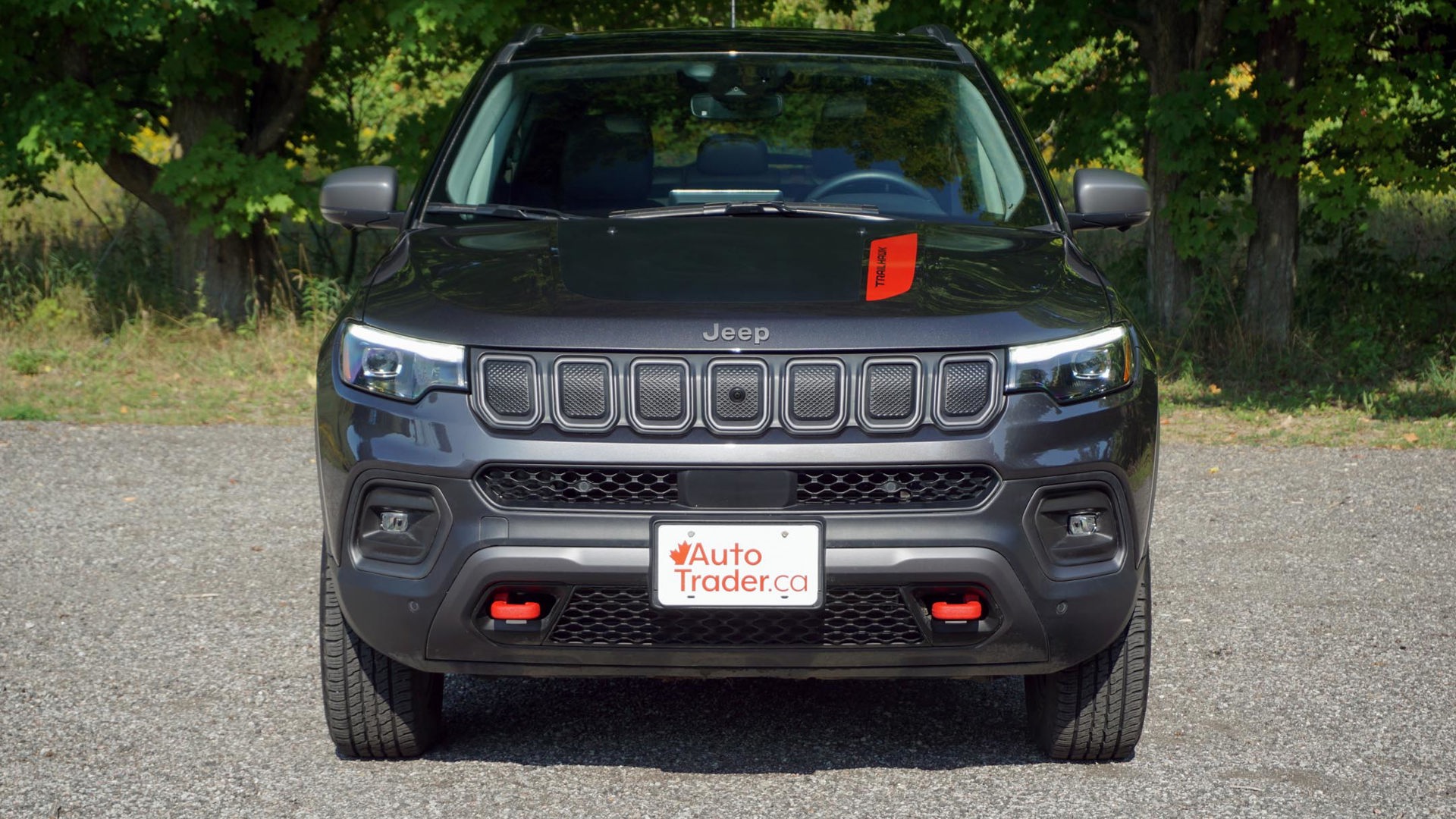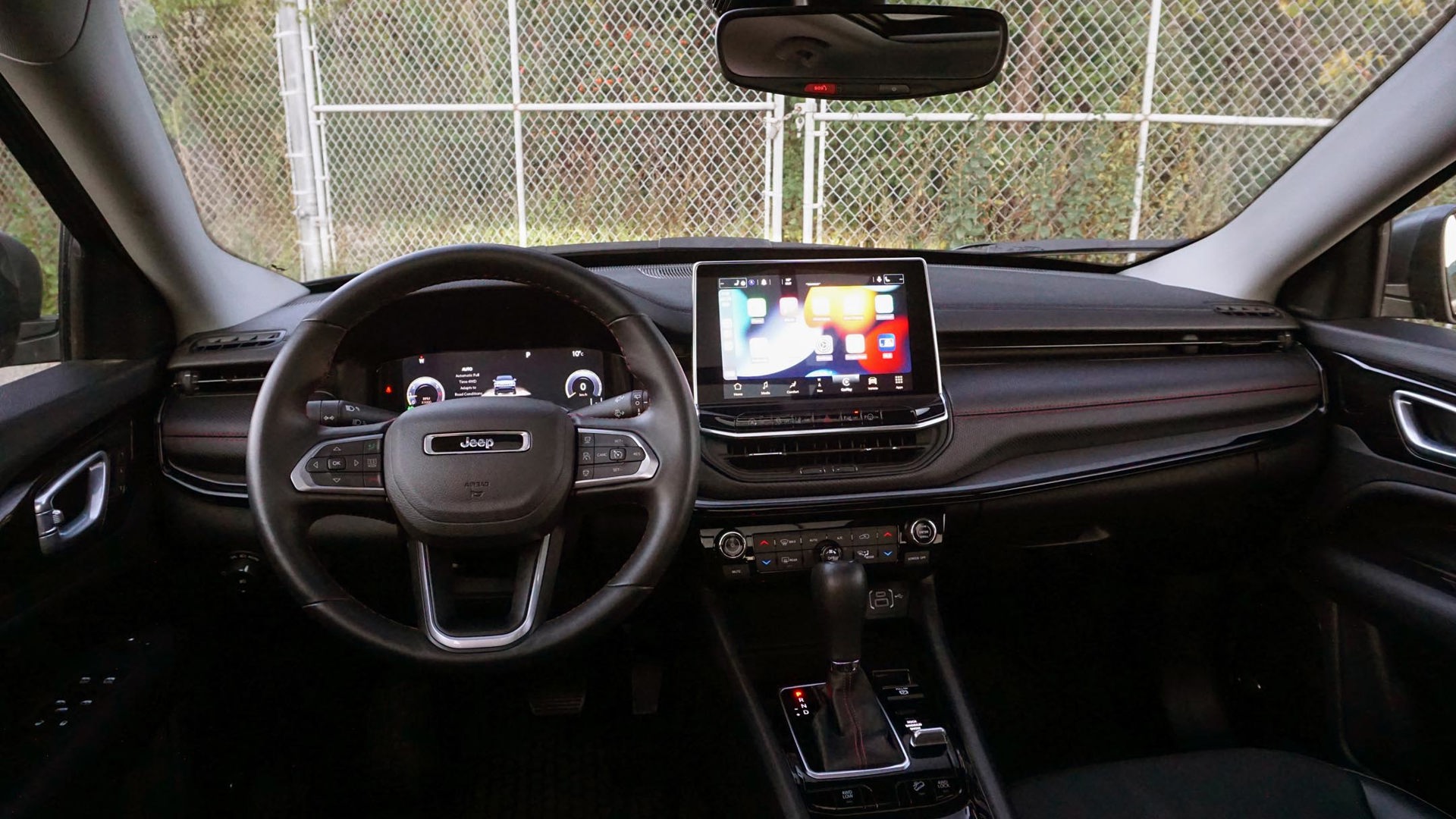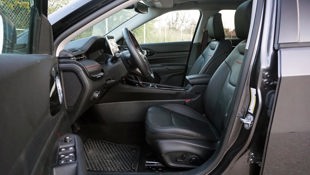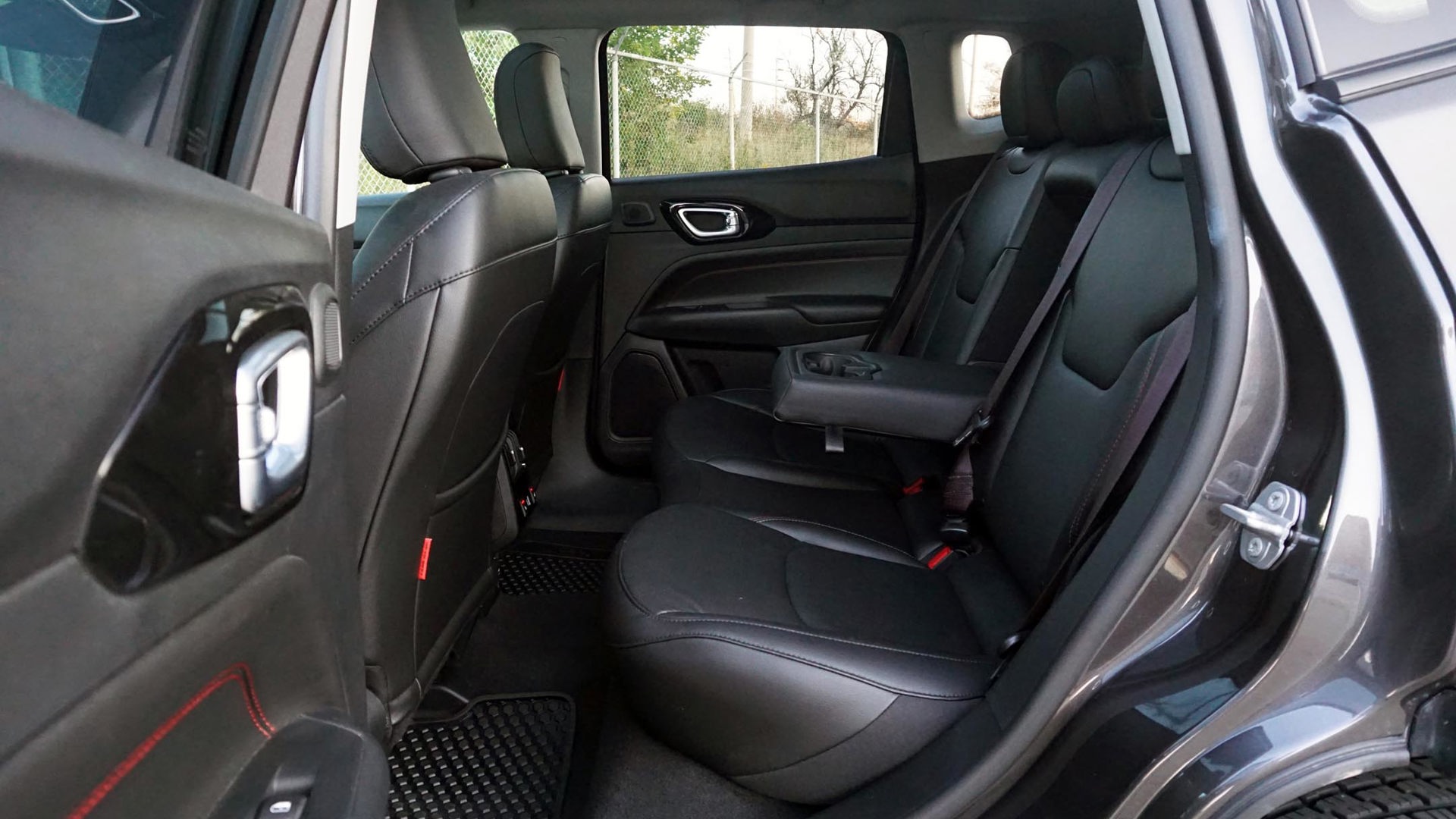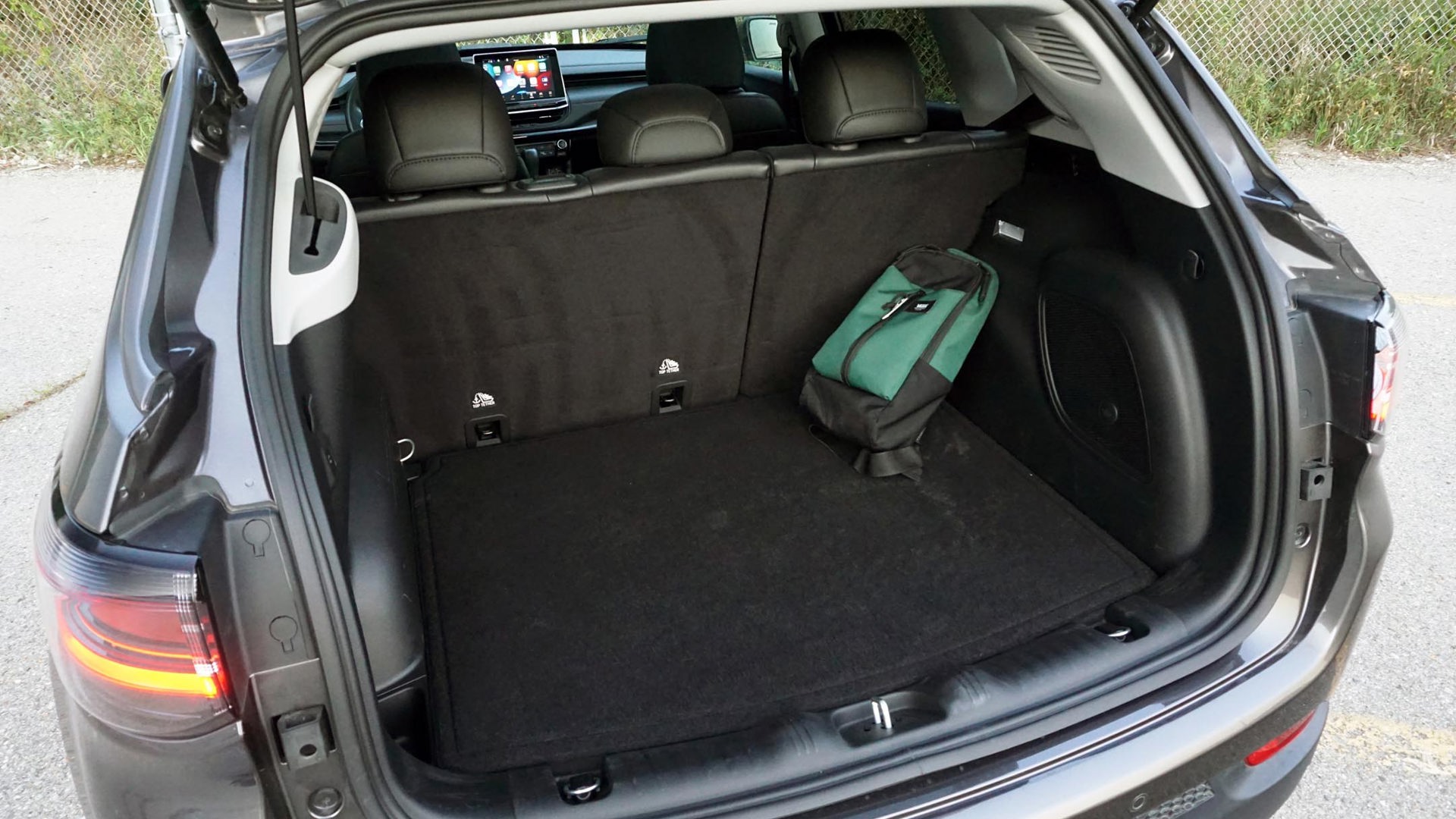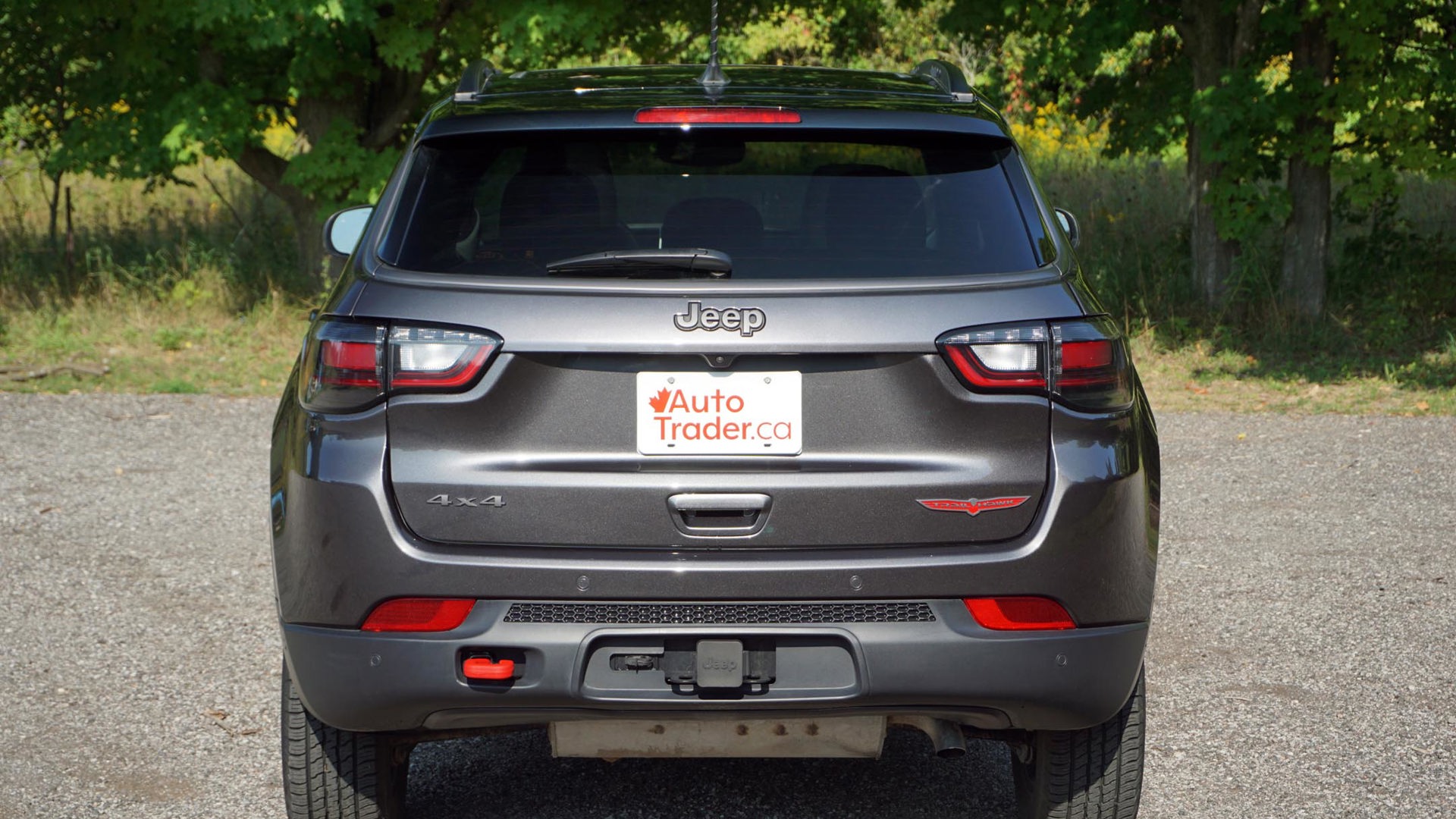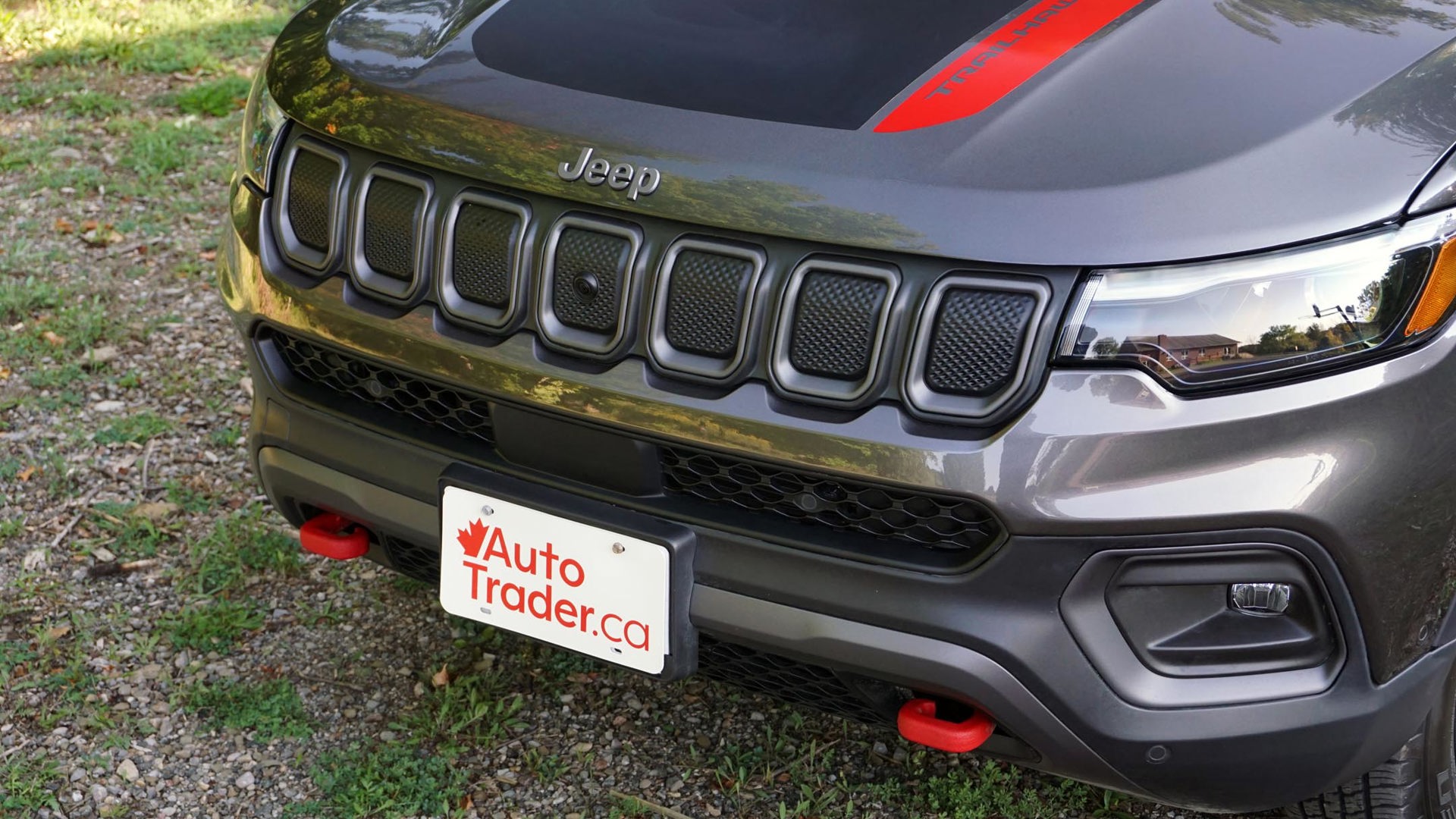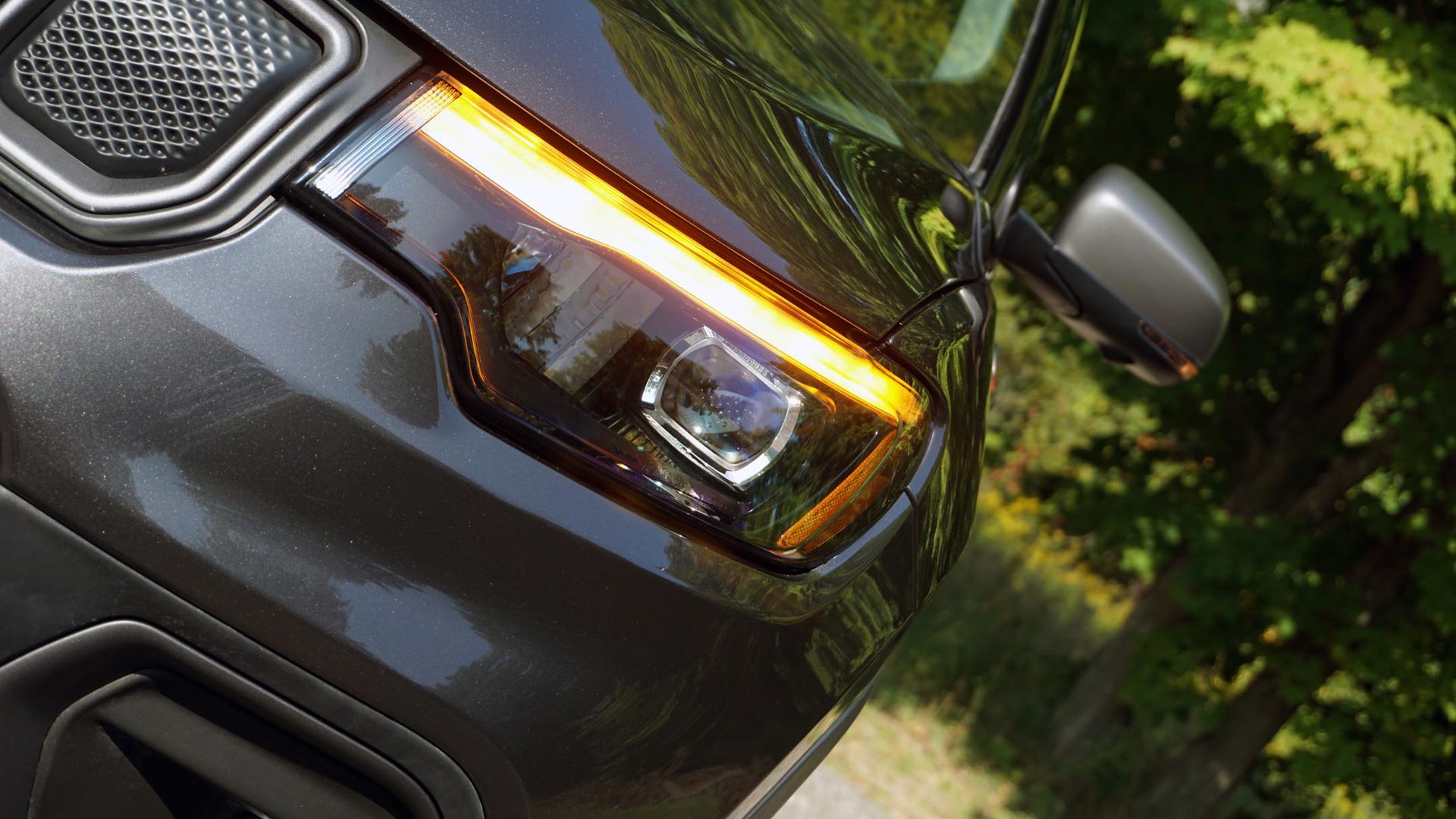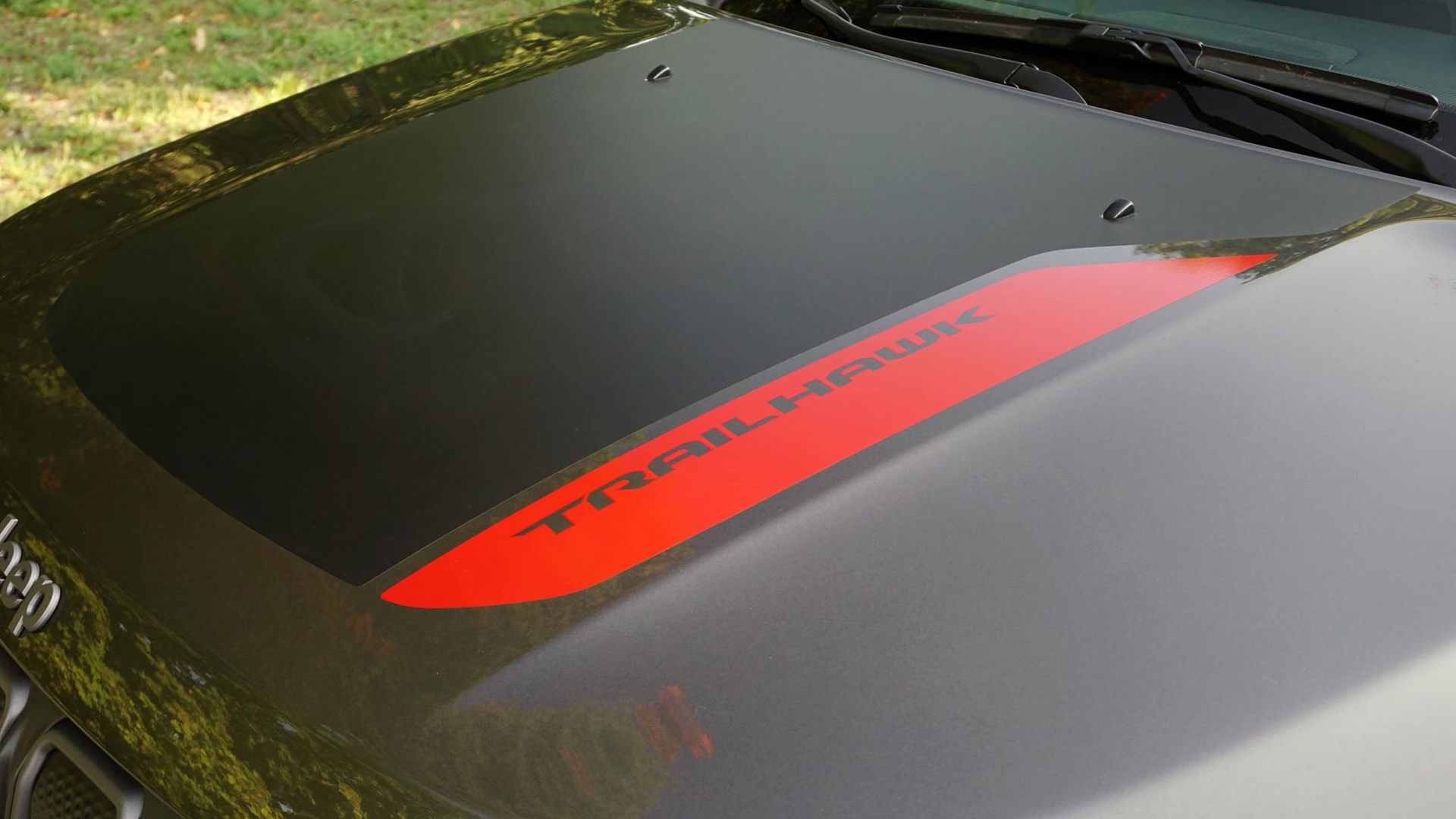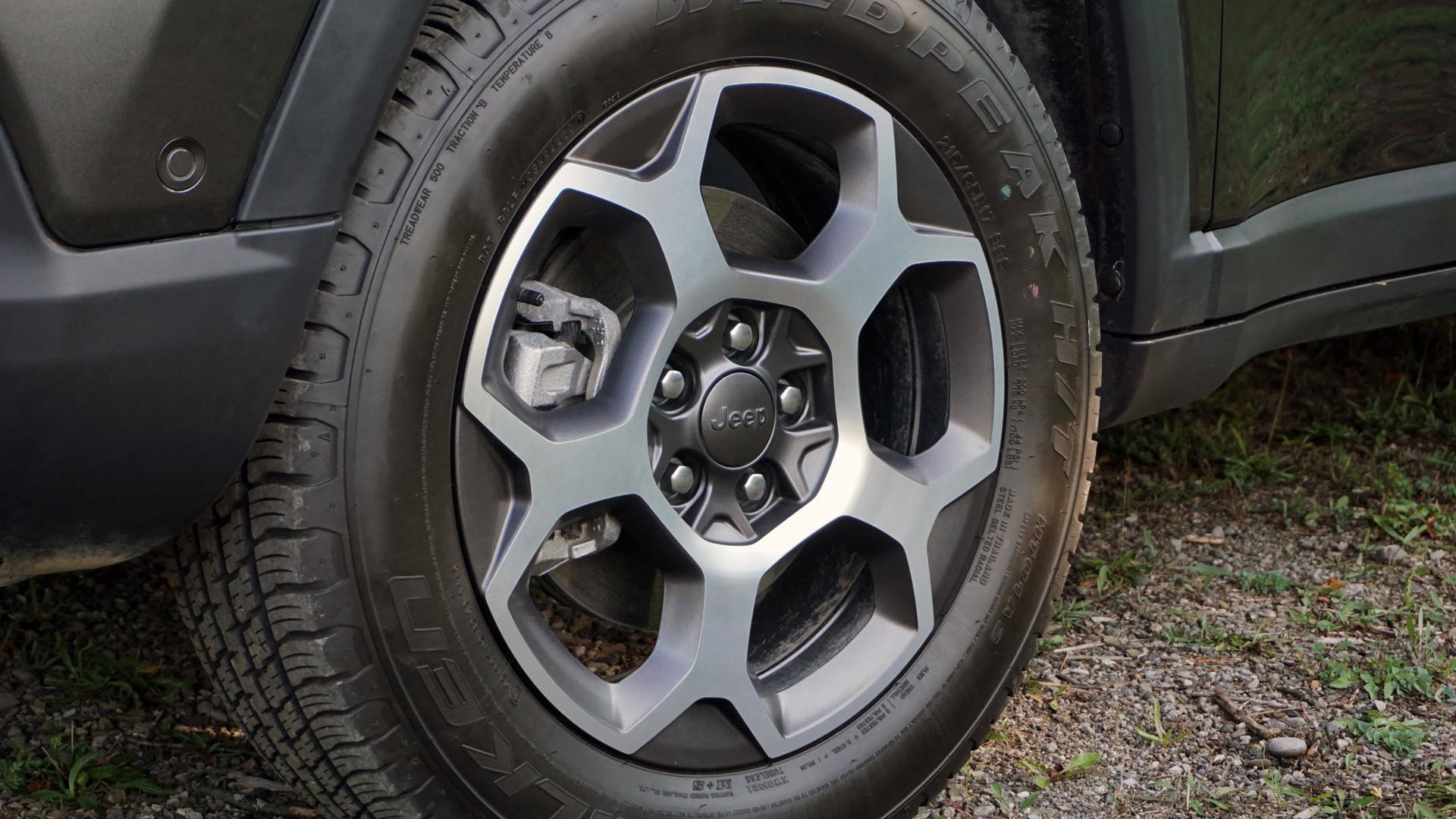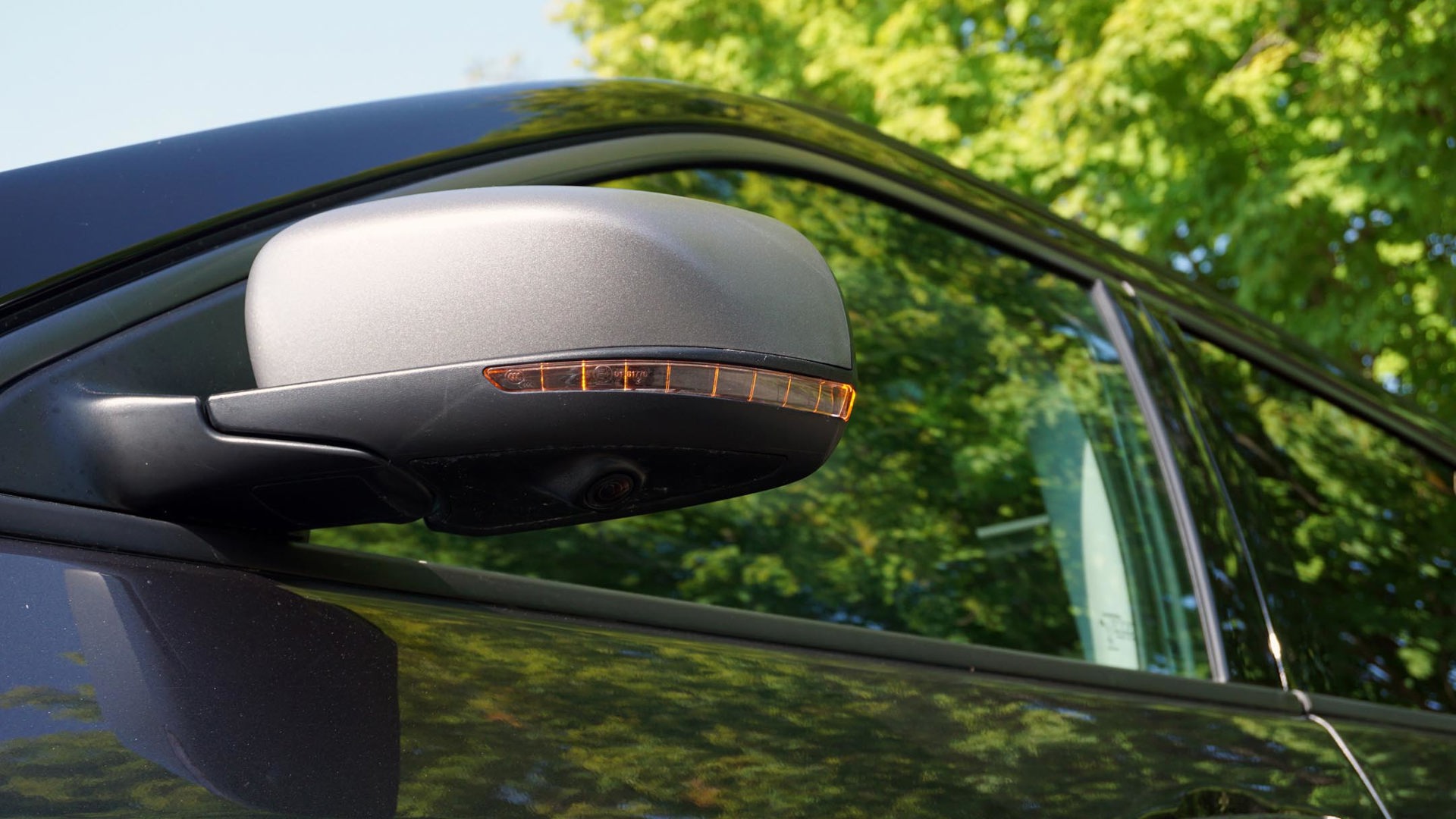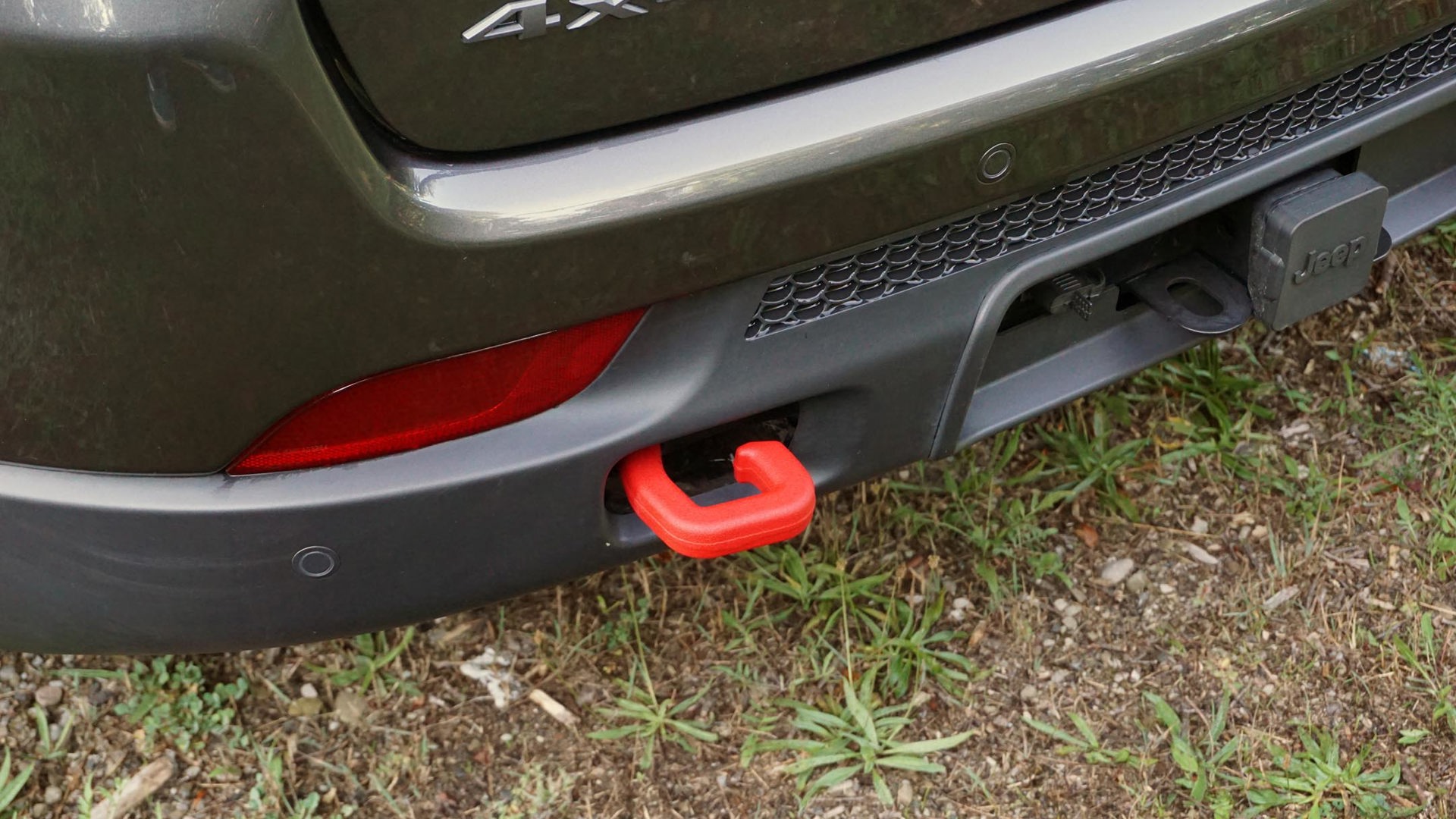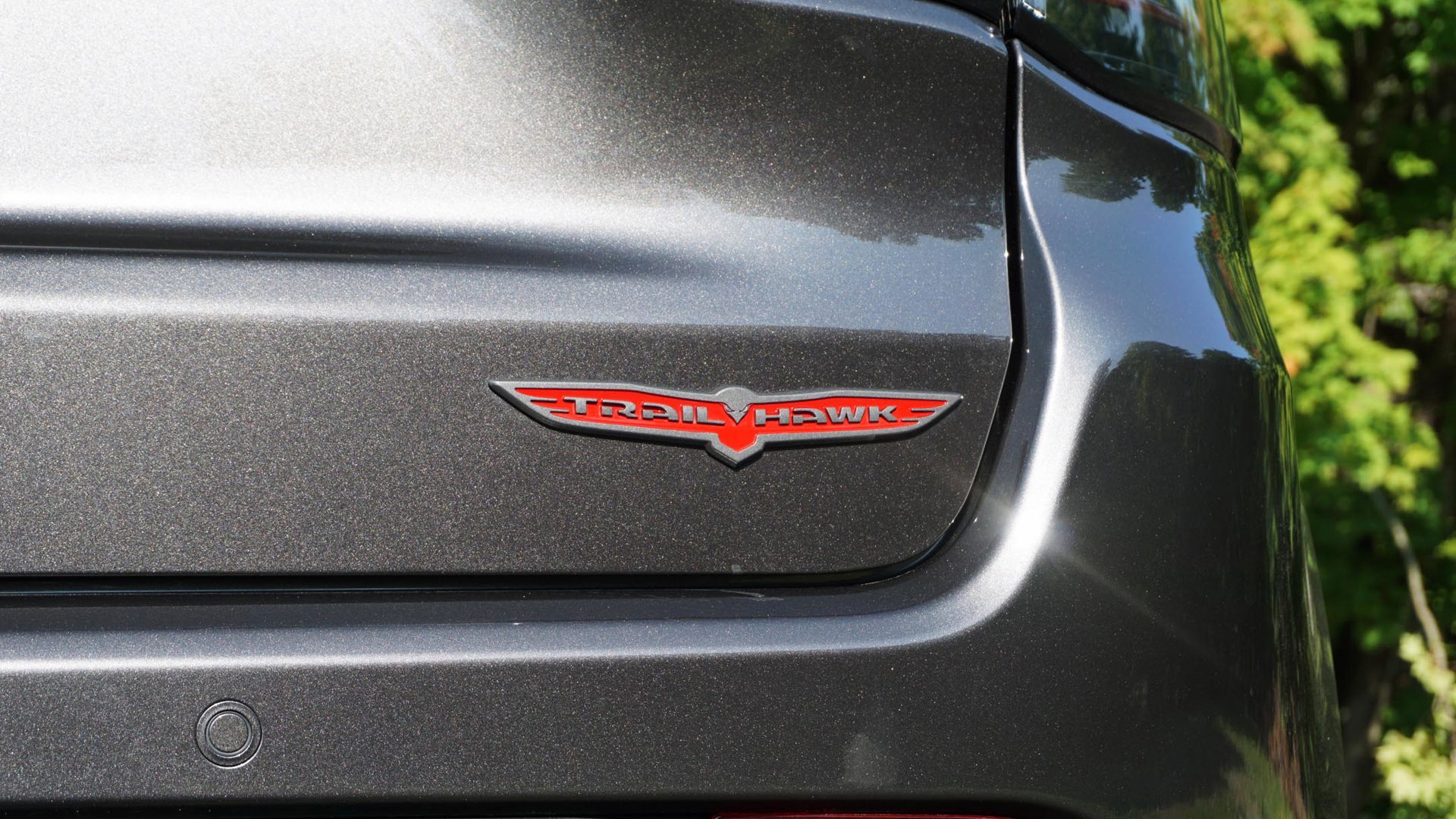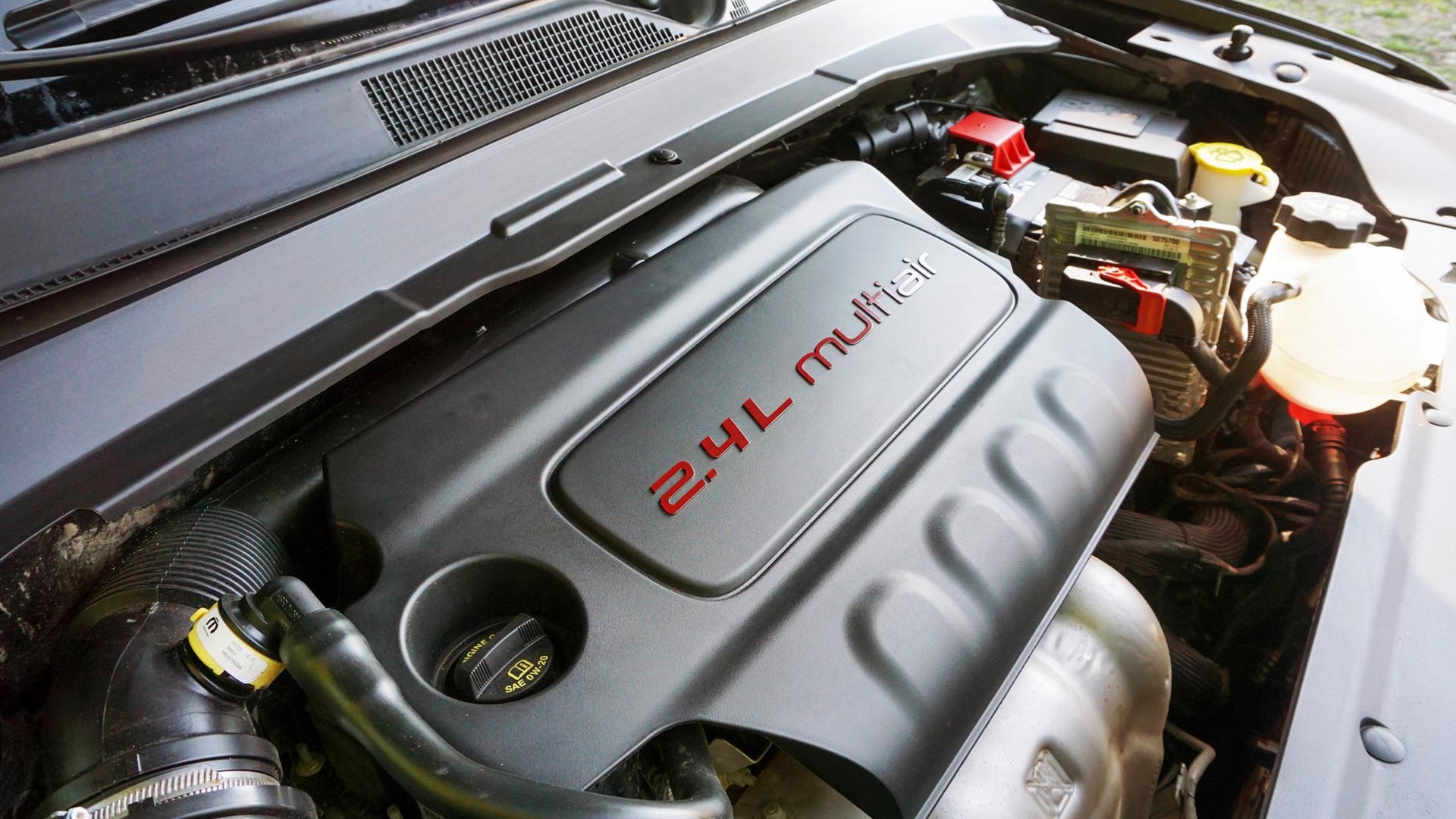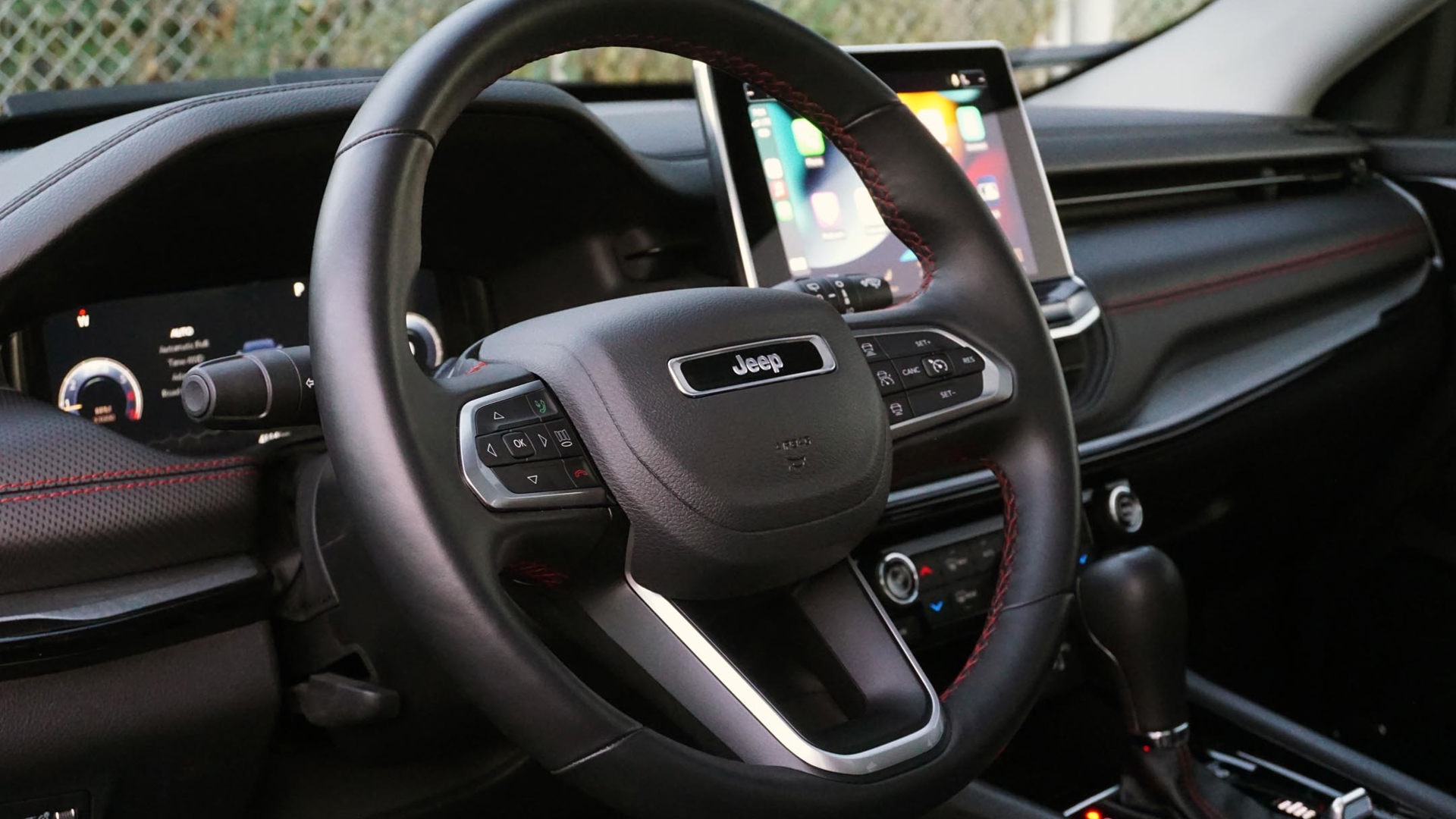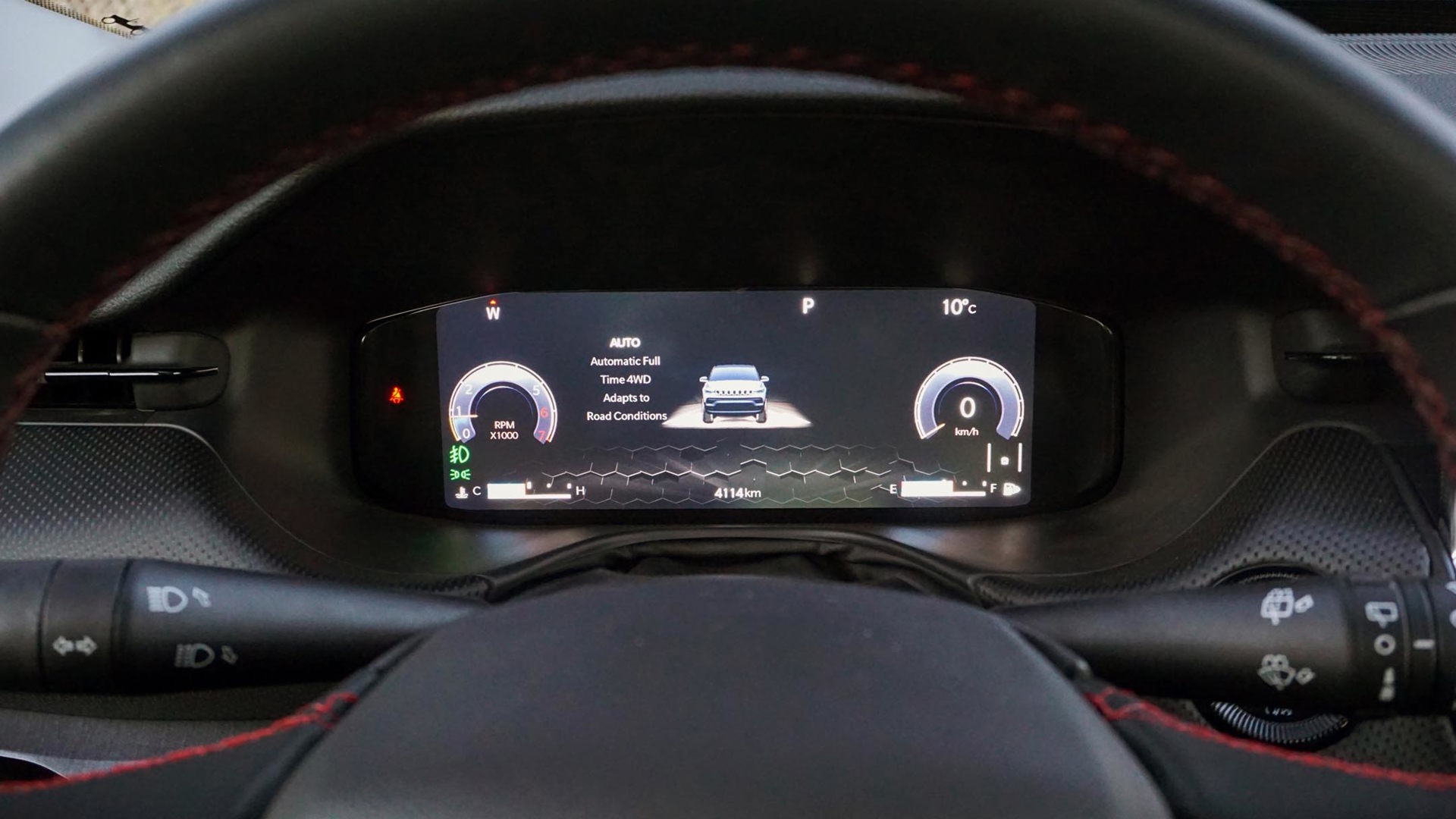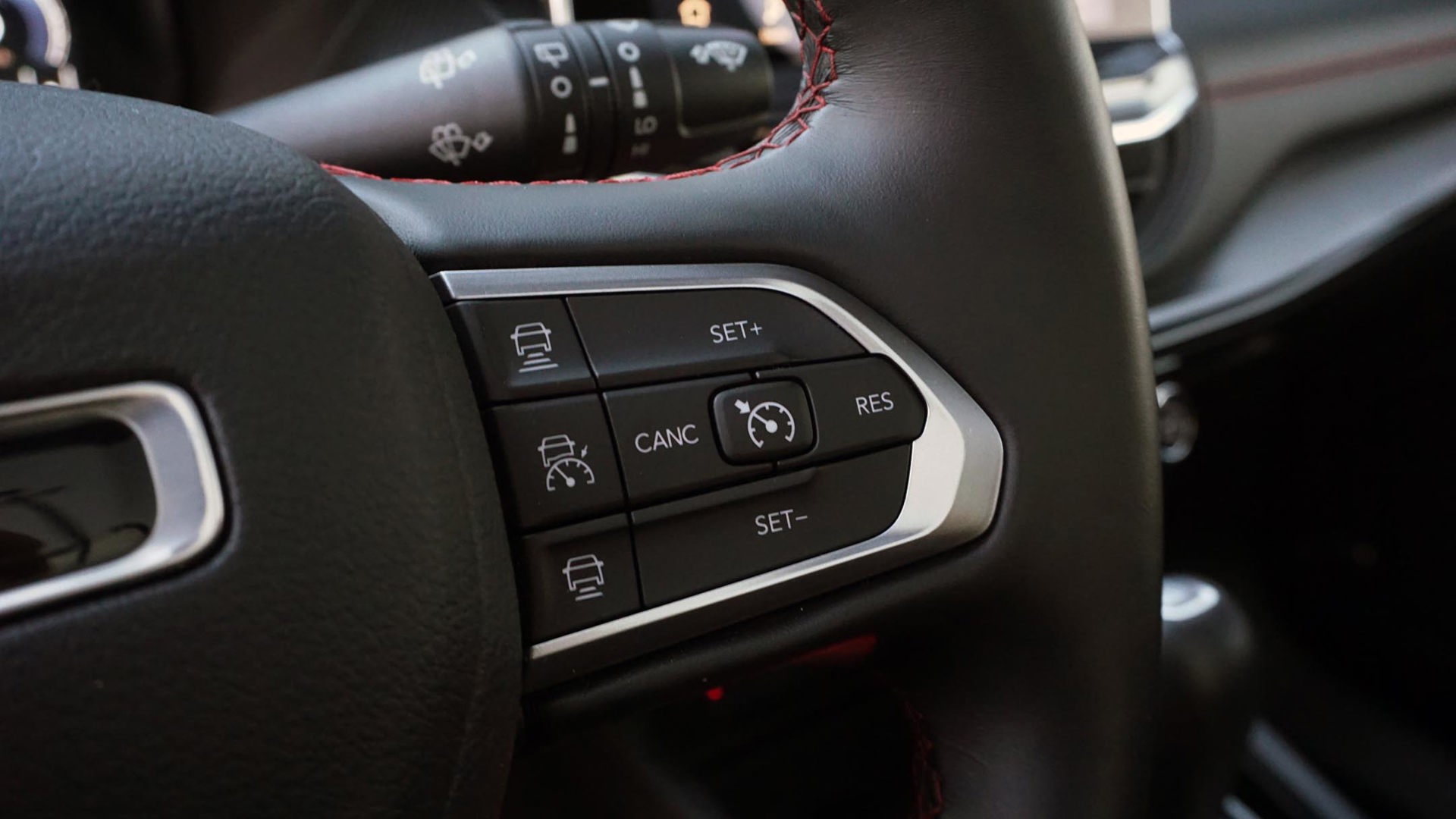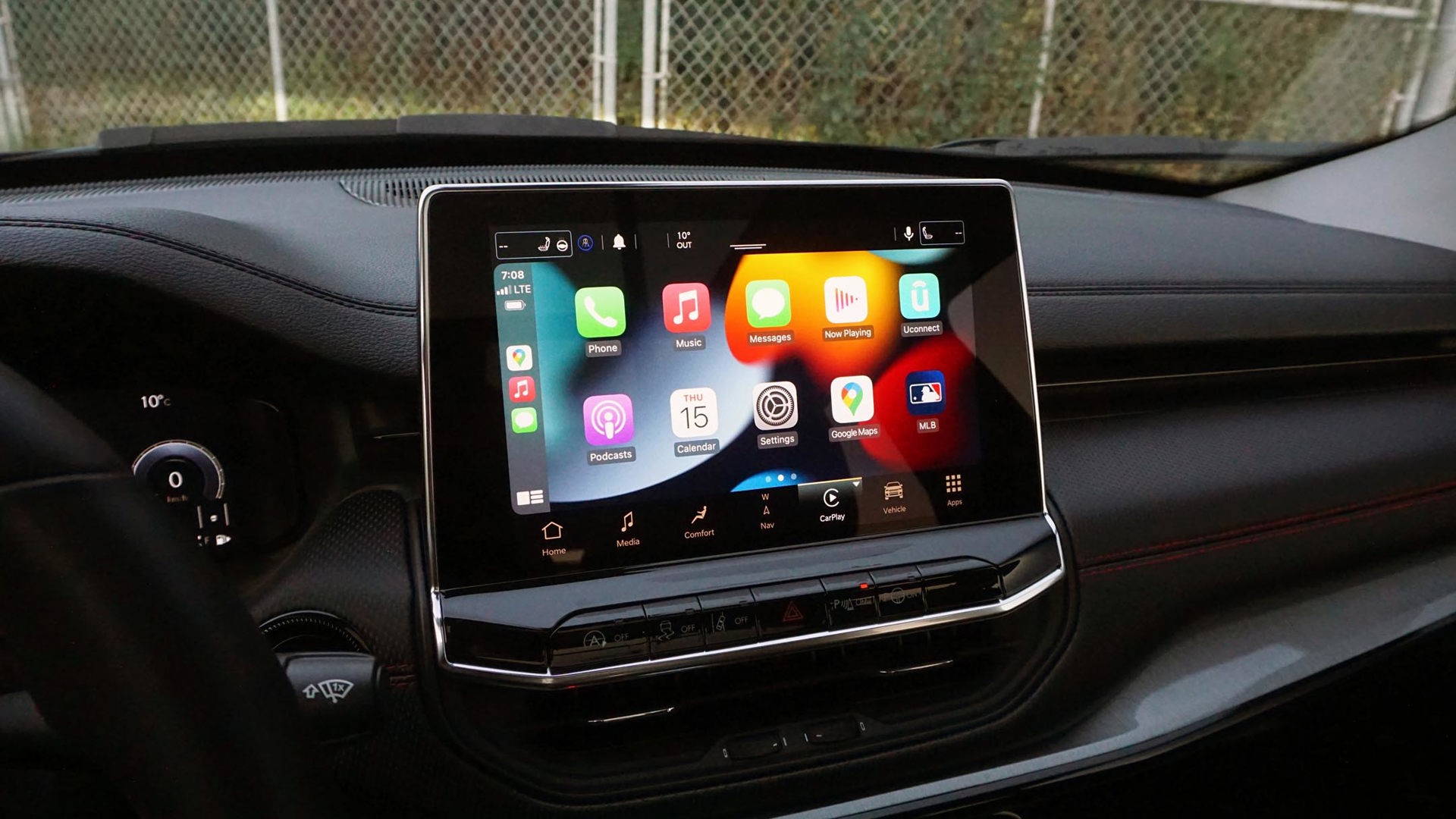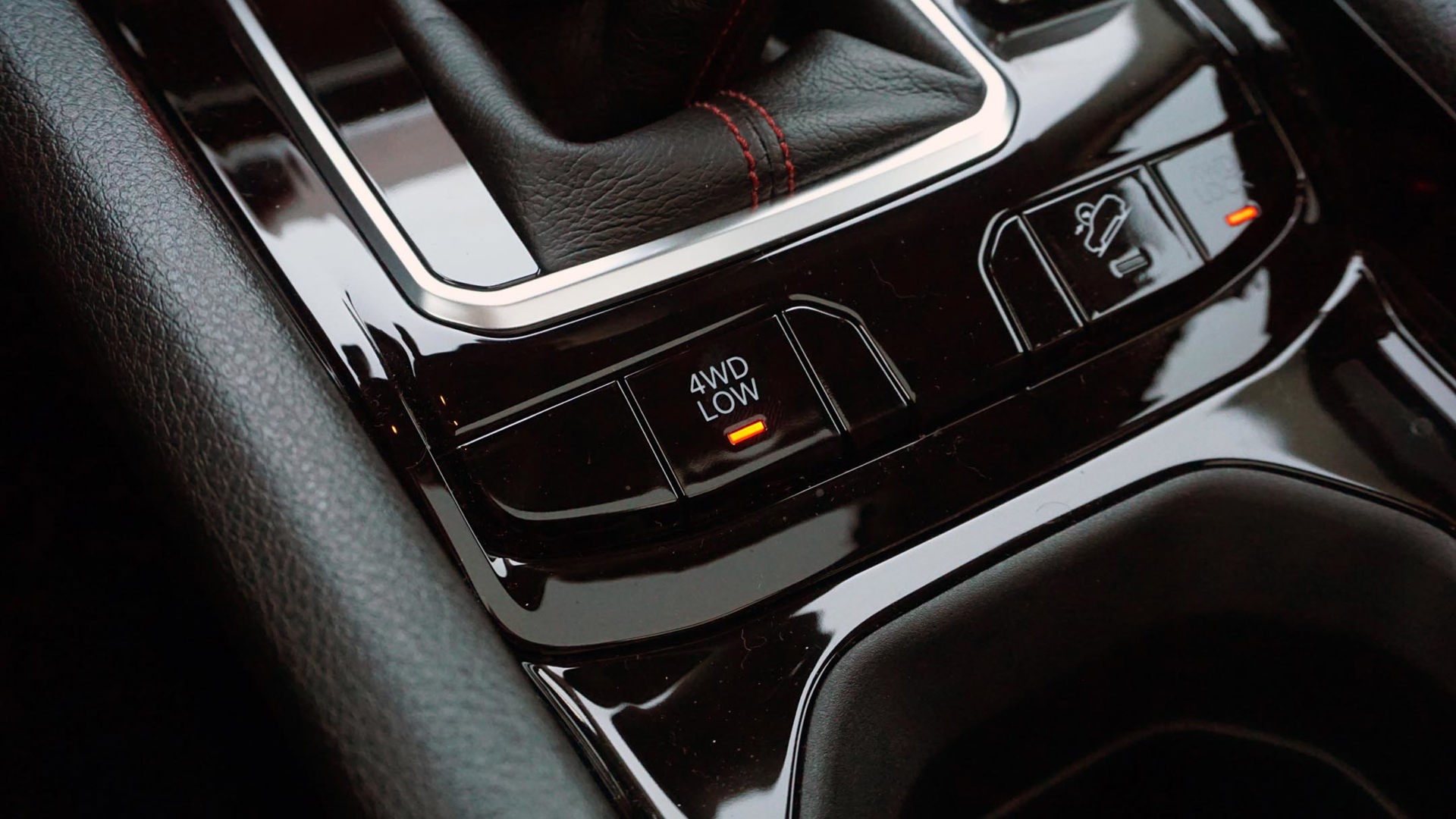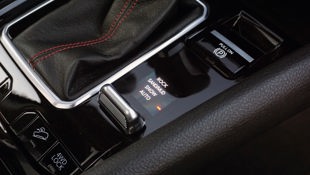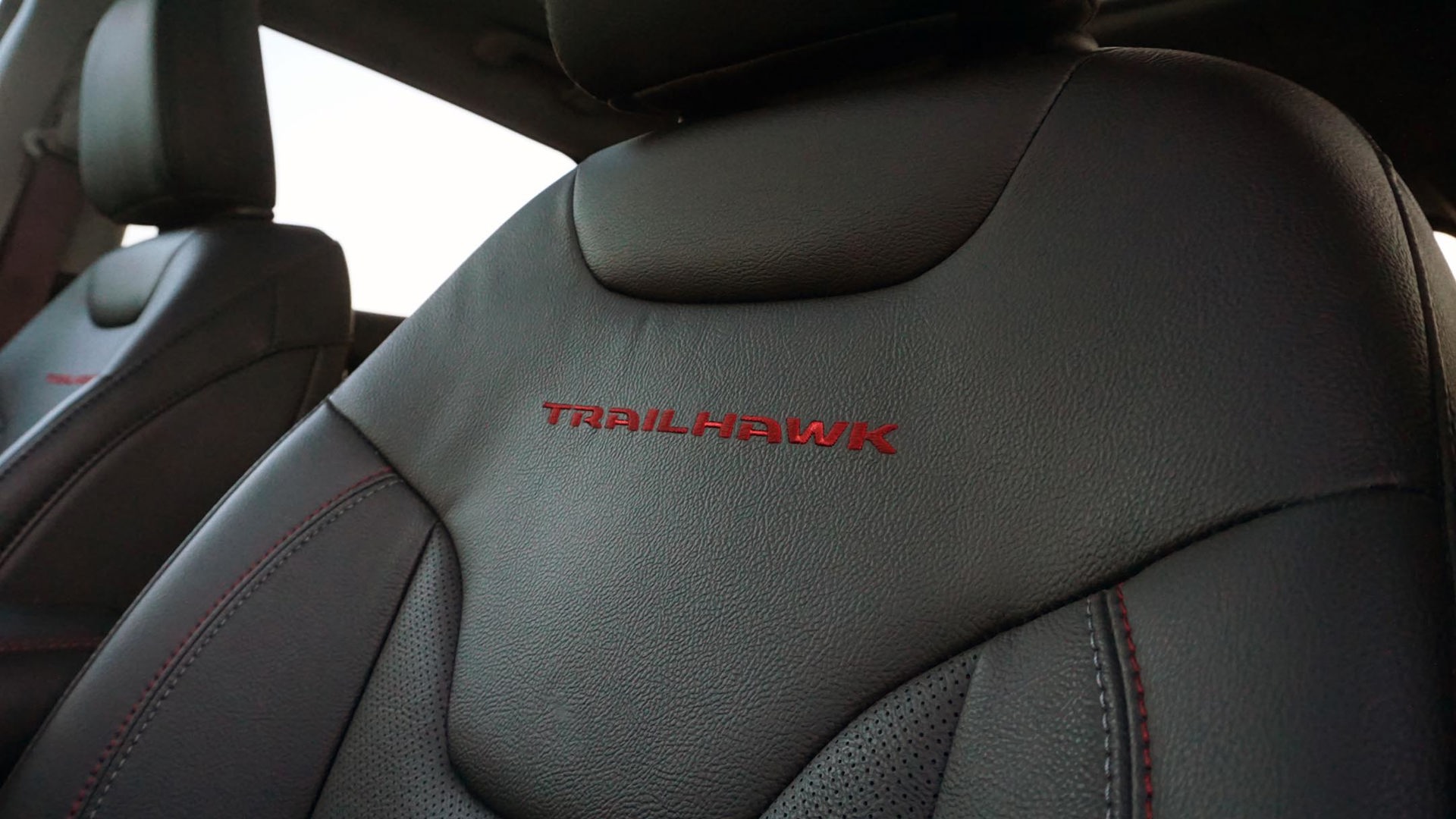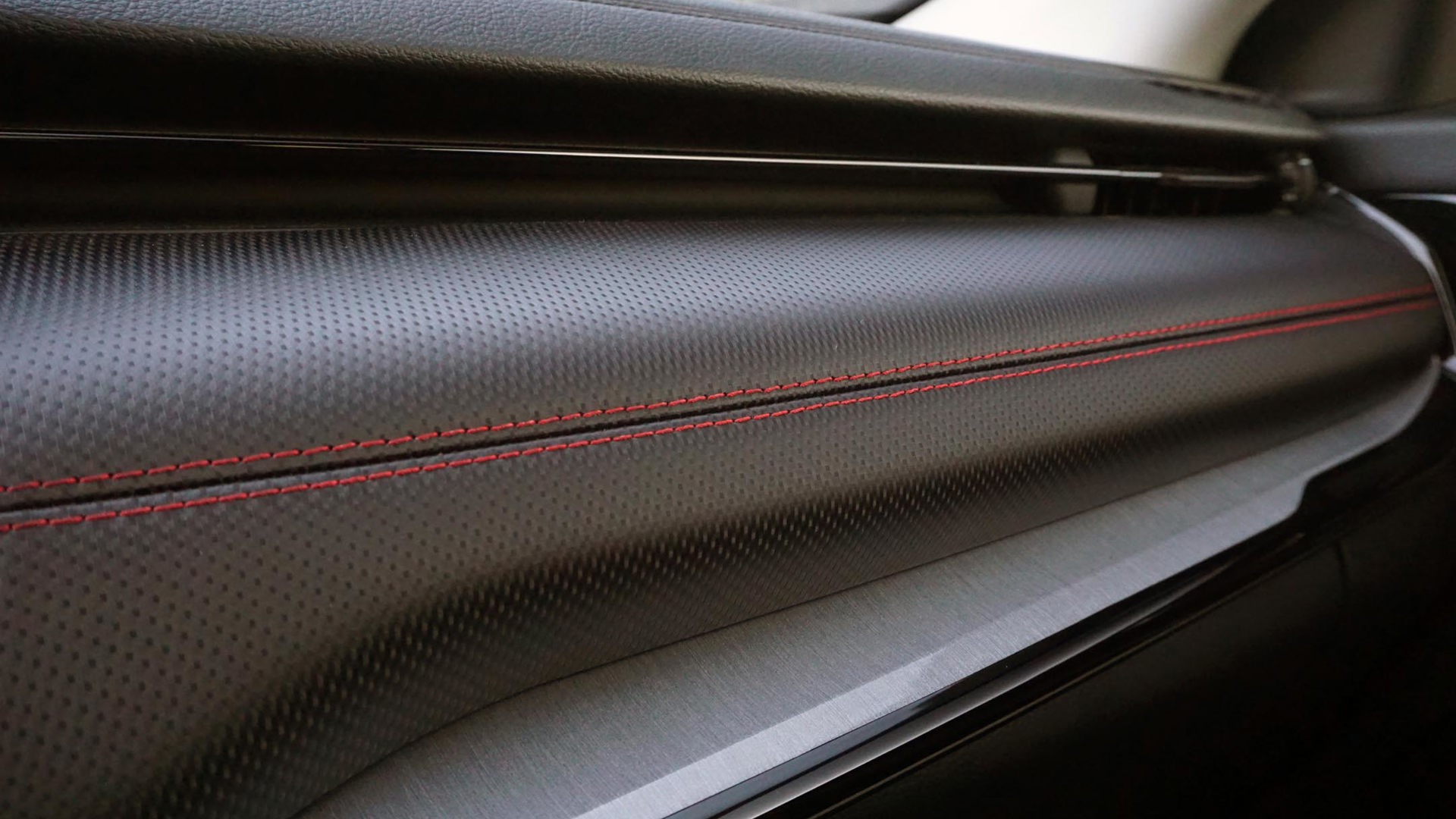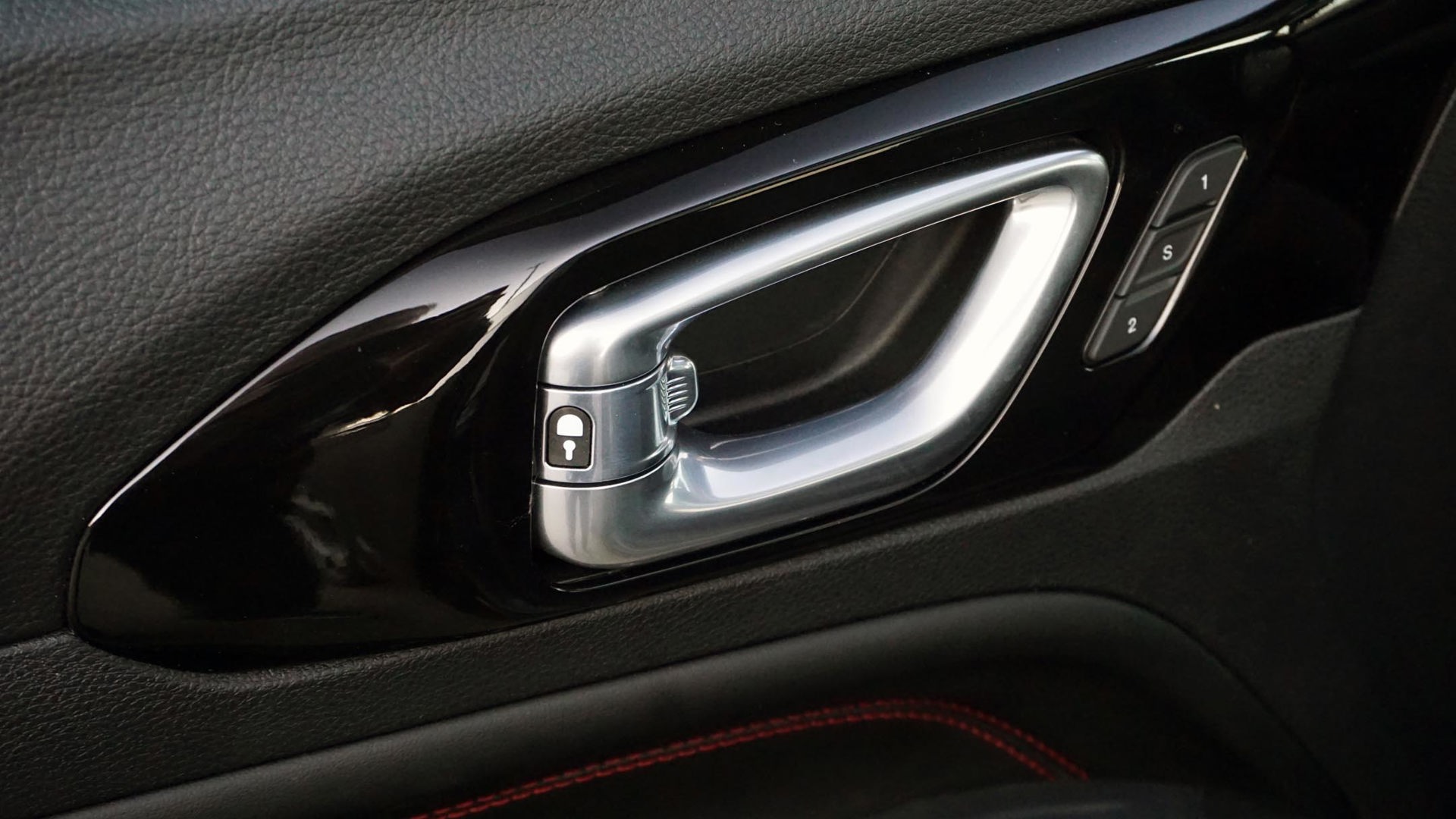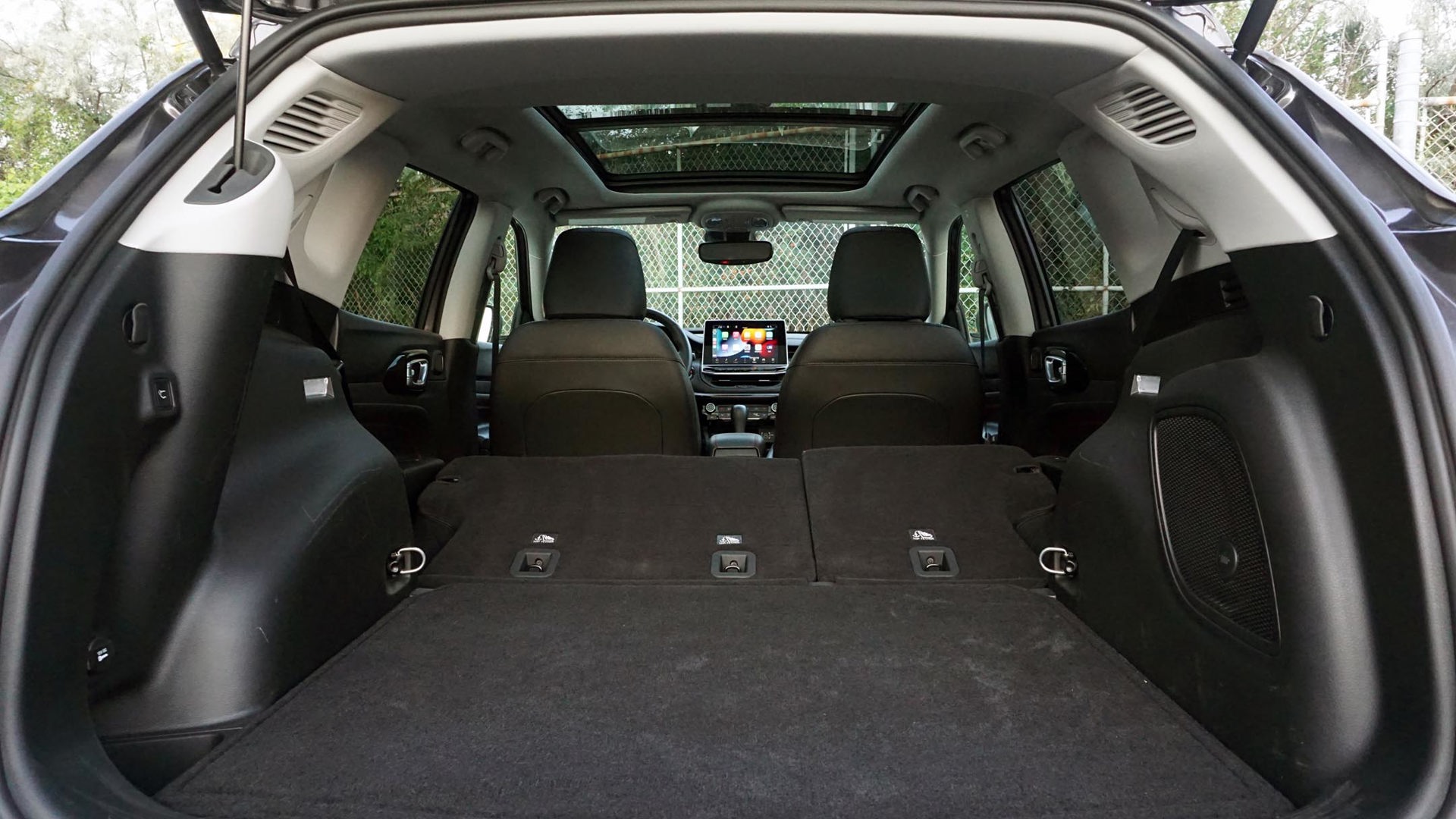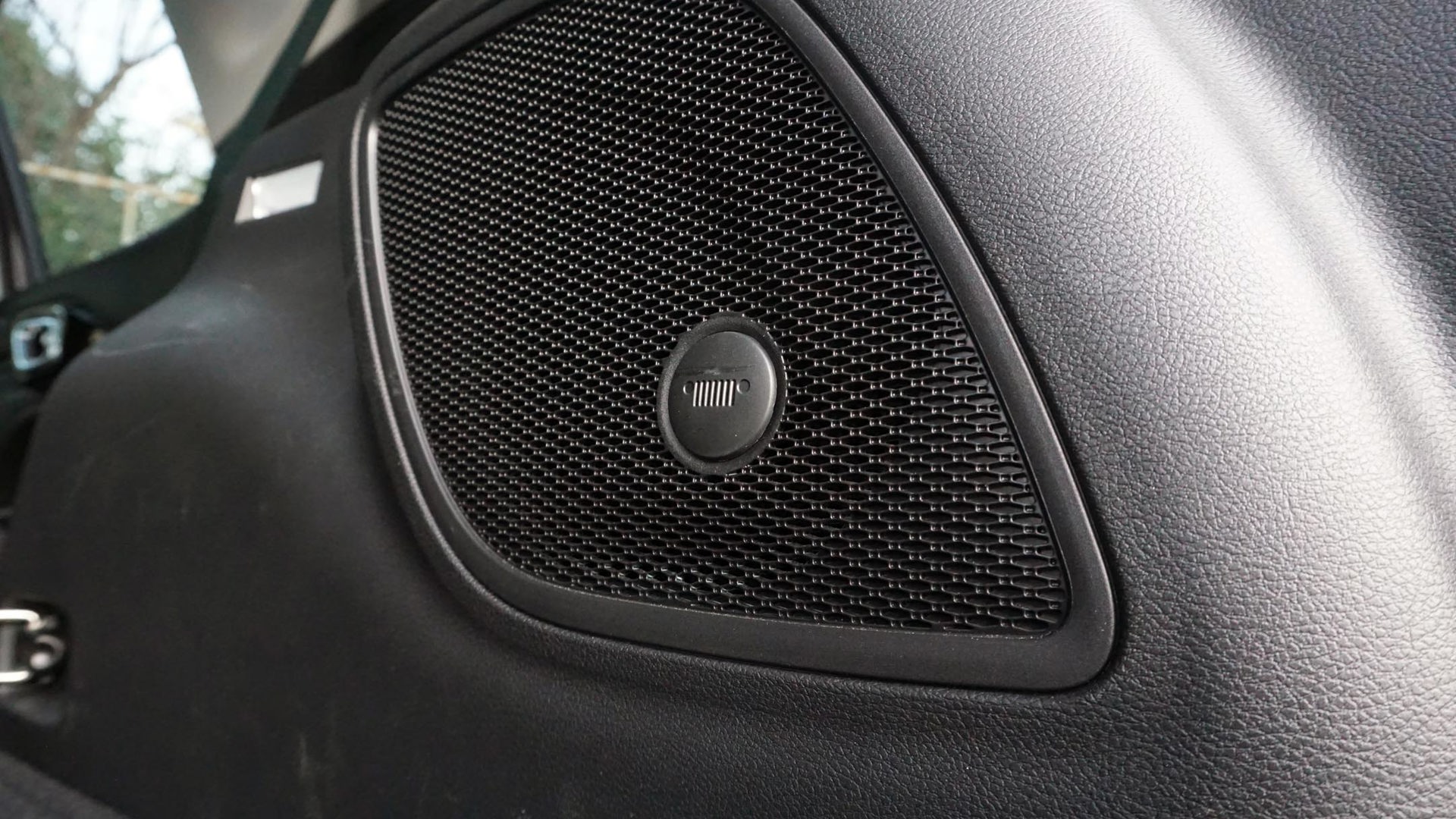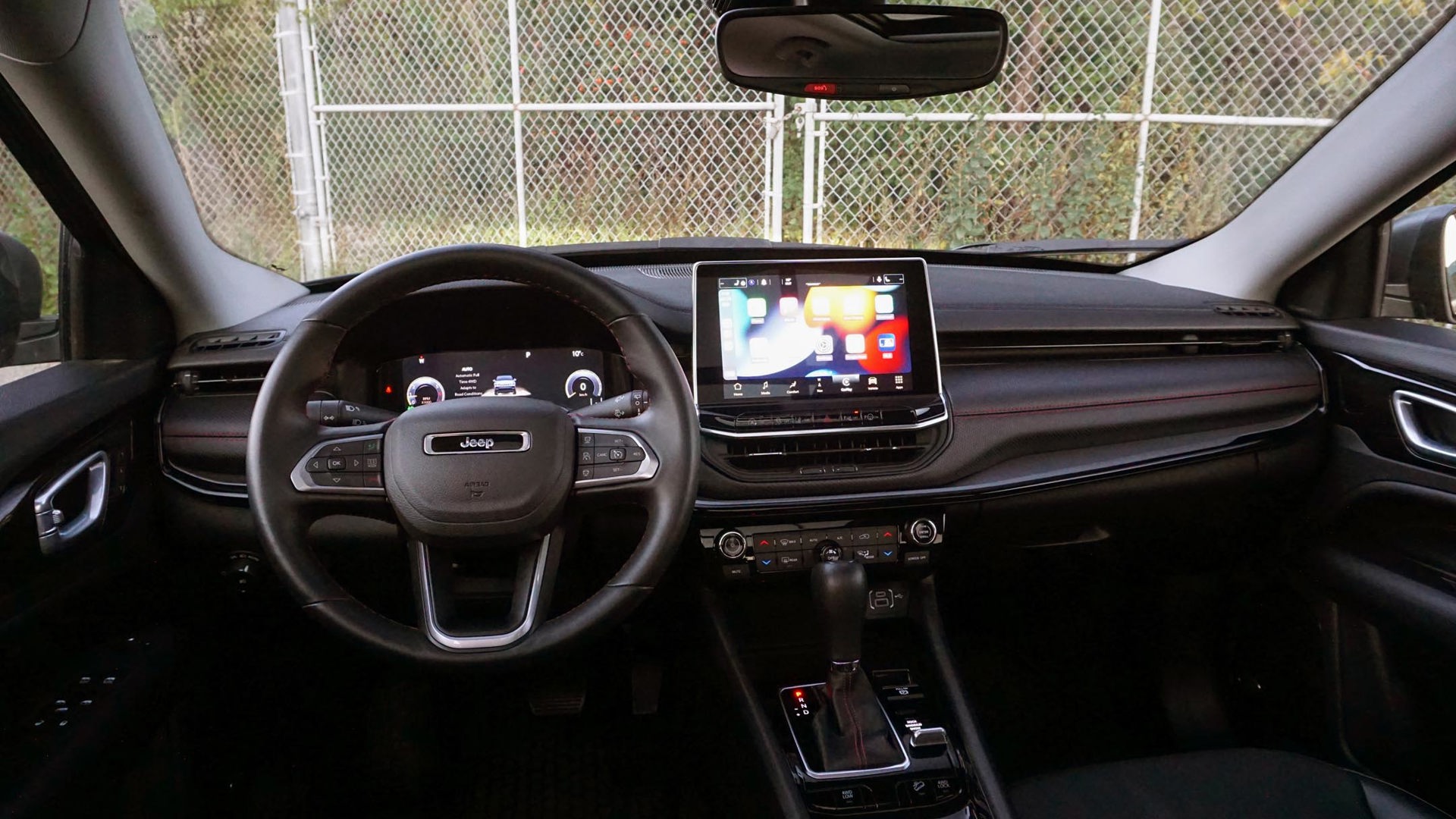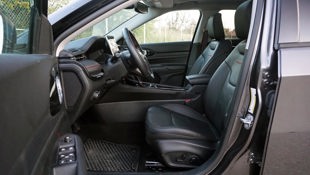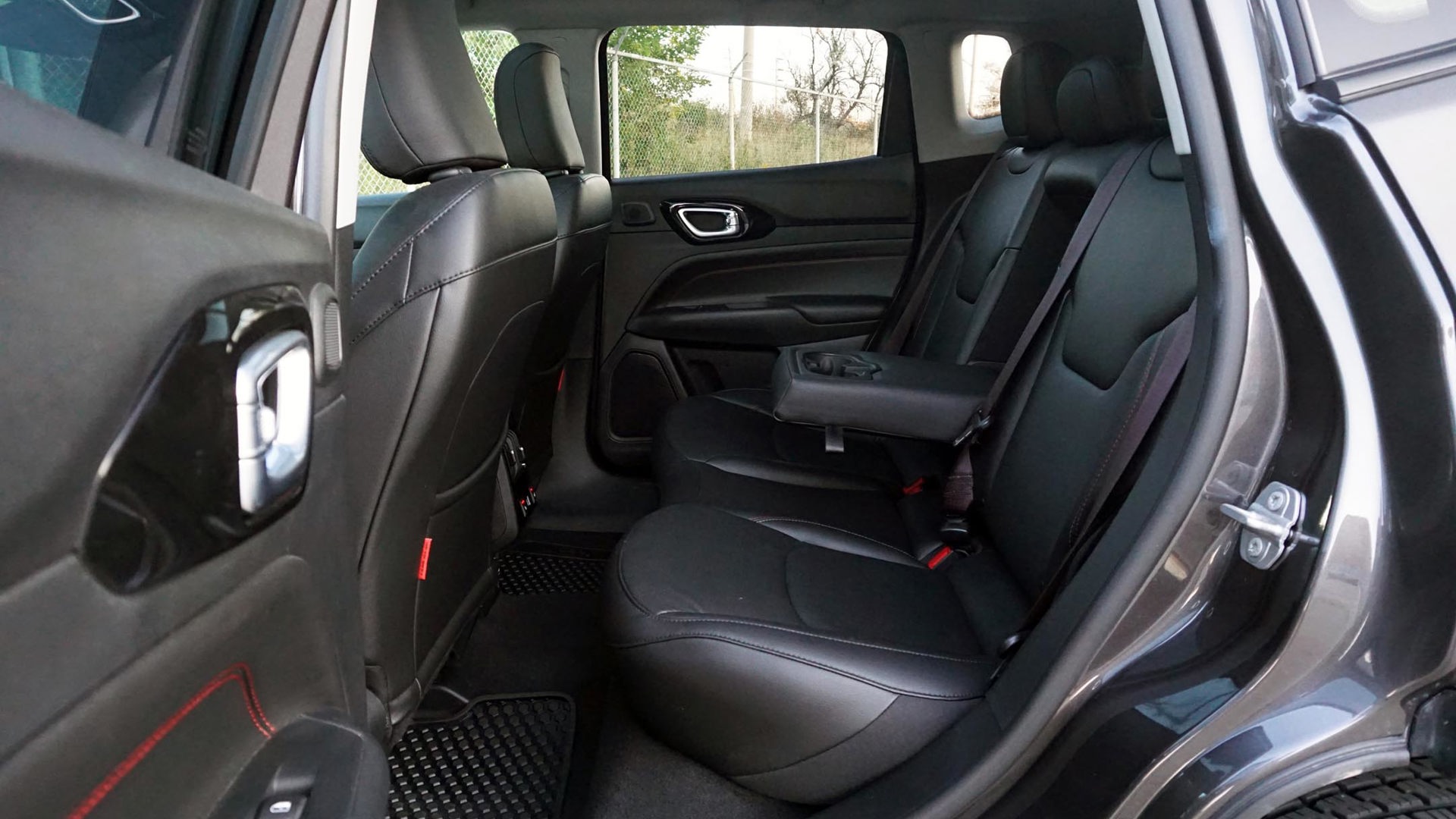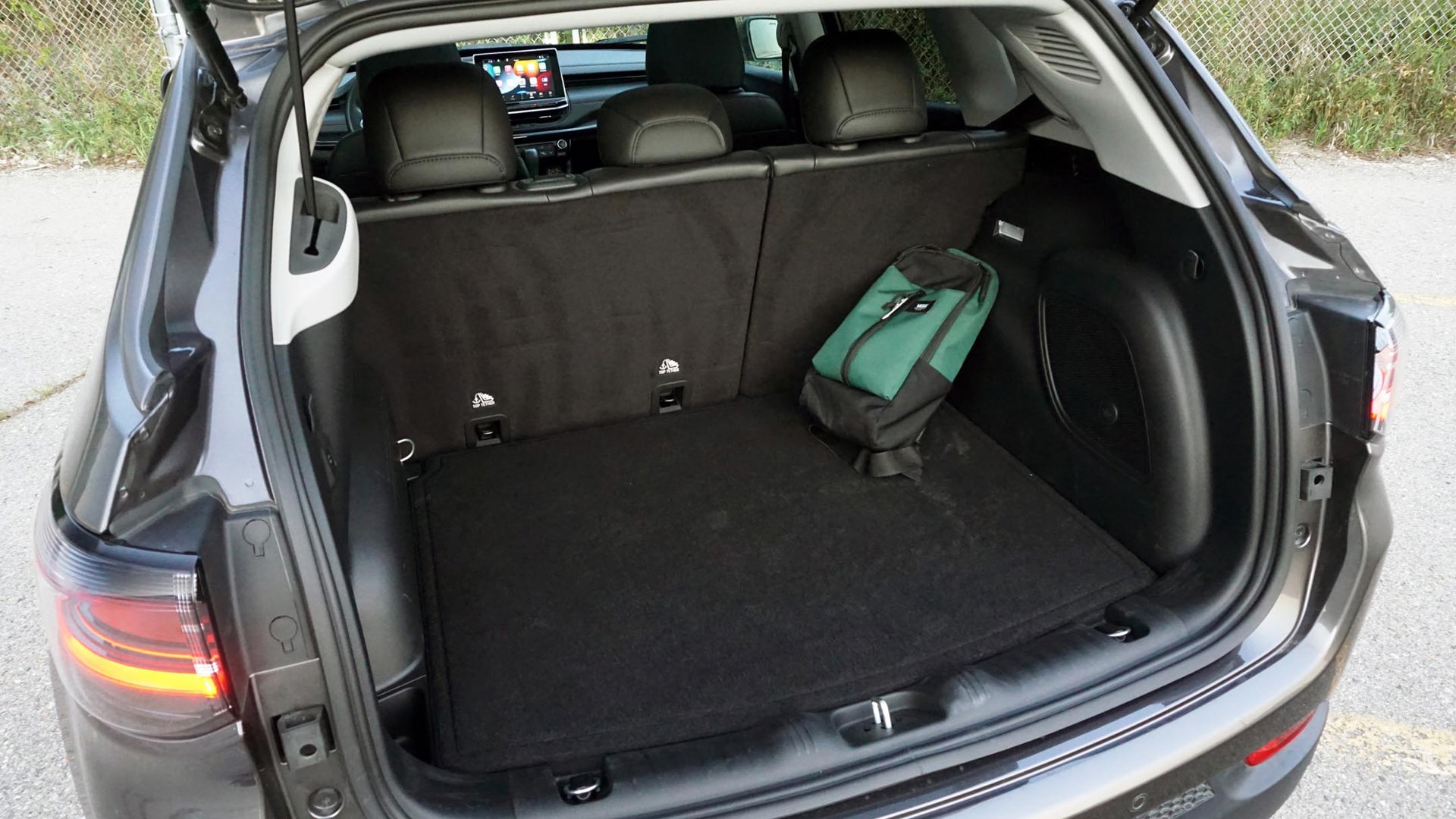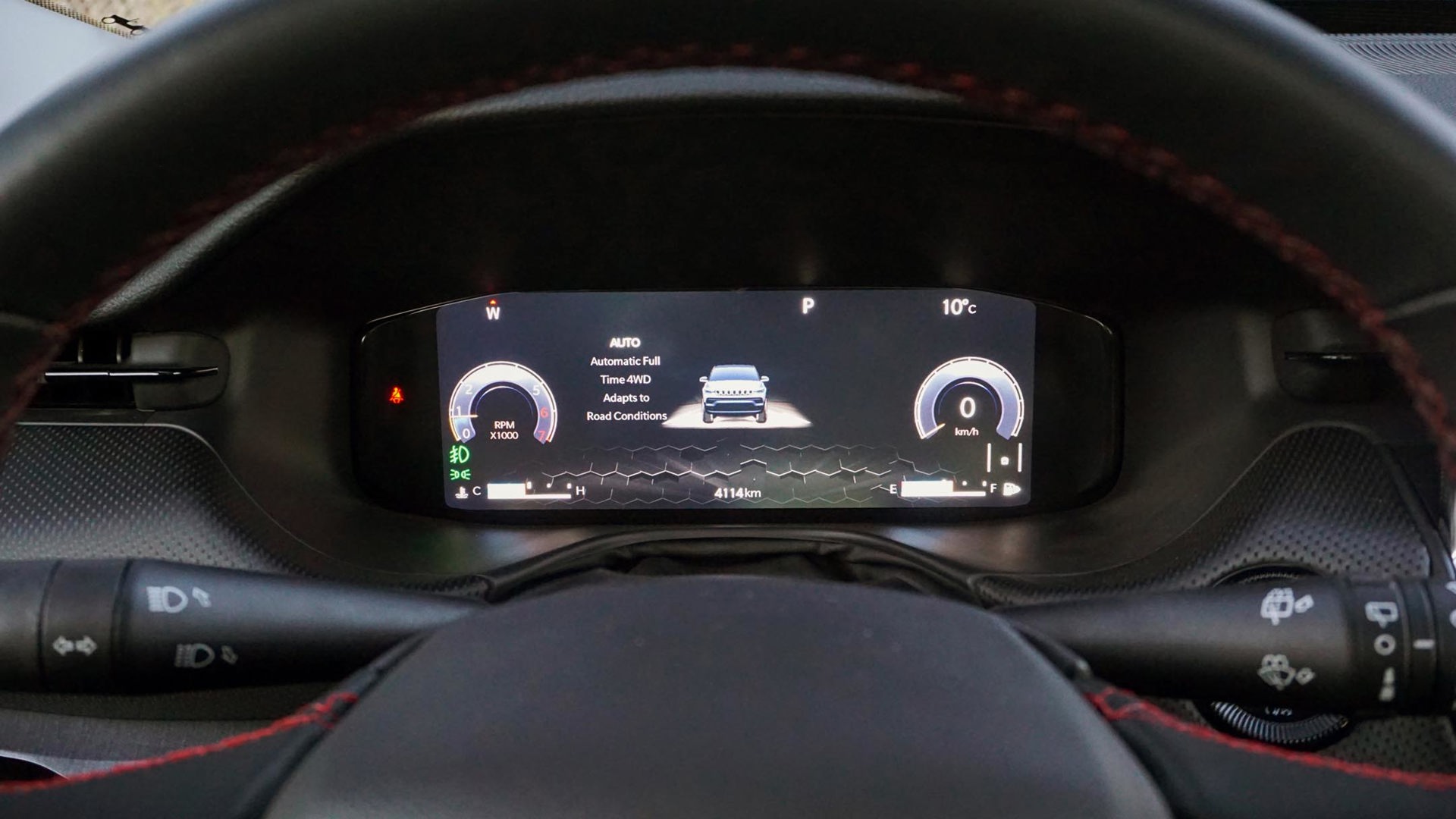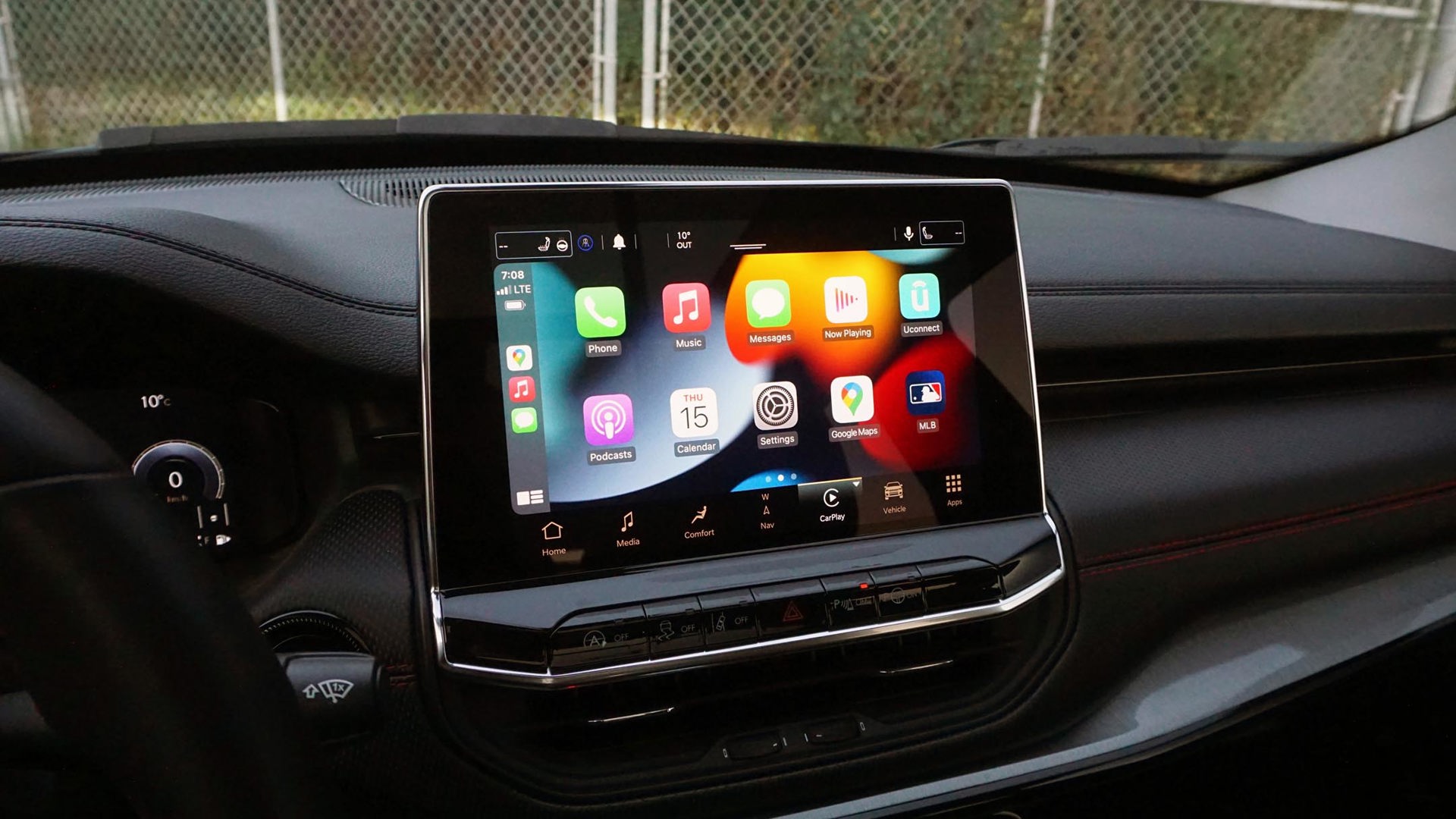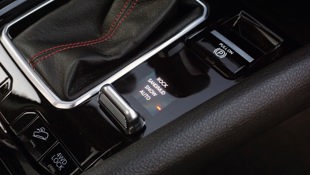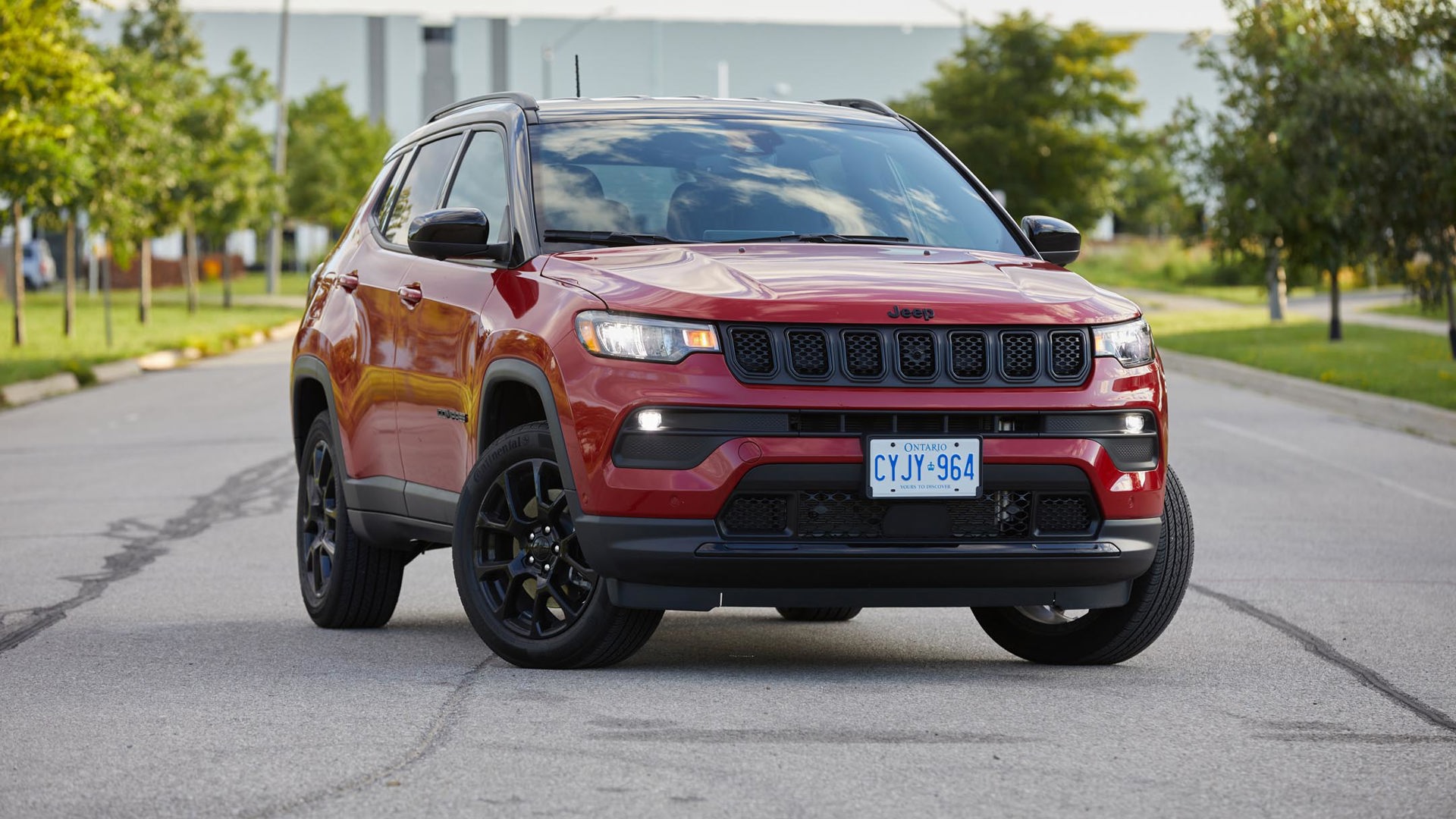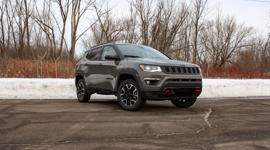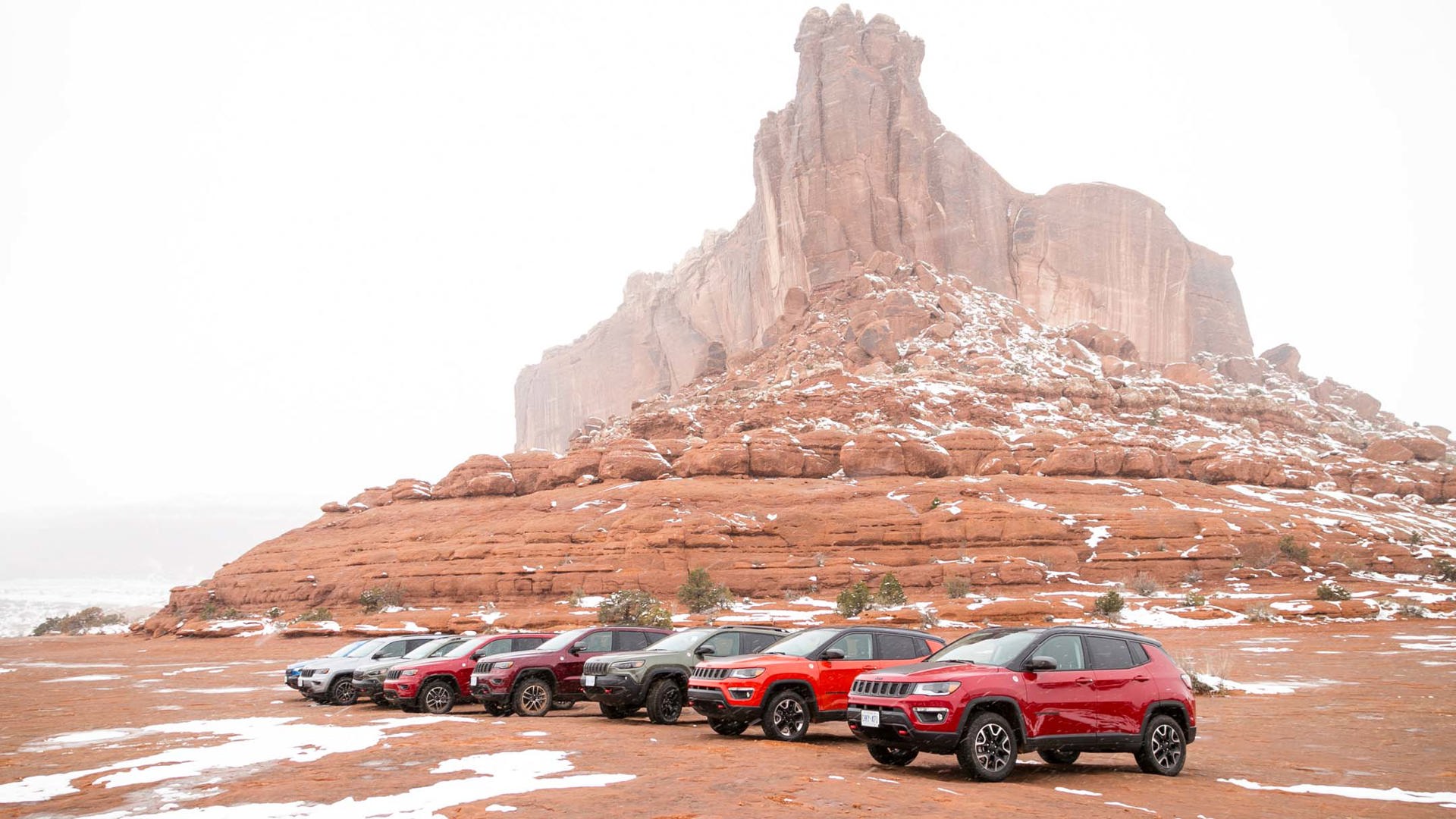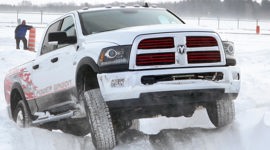 AutoTrader SCORE
AutoTrader SCORE
-
STYLING10/10
-
Safety8/10
-
PRACTICALITY7/10
-
USER-FRIENDLINESS8/10
-
FEATURES10/10
-
POWER6/10
-
COMFORT6/10
-
DRIVING FEEL7/10
-
FUEL ECONOMY7/10
-
VALUE7/10
Standing out in the compact crossover segment takes more than clever marketing and compelling prices.
Sure, that stuff’s important, but it’s all for naught if the product itself isn’t able to meet expectations. It’s not that every entry has to be flashy – just ask the segment-leading Toyota RAV4 – but it better have something to hang its hat on.
For the 2022 Jeep Compass Trailhawk, navigating the competitive landscape means leaning on the capability the brand is known for. It’s also able to back up that boasting with some genuine off-road chops that aren’t common in the average crossover. Add in a new cabin to match the stylish exterior, and this little Jeep might not be the best of the bunch, but it’s close enough to be compelling in its own way.
Styling: 10/10
The Compass has looked like a baby Grand Cherokee since this second-generation version launched back in 2017, and it remains among the classiest crossovers of its kind. Adding the Trailhawk trimmings gives it a little attitude to go with that air of elegance, with red recovery hooks front and rear along with decals and badging that broadcast its enhanced abilities to passersby.
The overhauled cabin mixes materials and textures in a way that matches well with the exterior design. While the glossy finish on the console does nothing but attract fingerprints, scratches, and dust, it’s forgivable for the way the rest of the space comes together. This easily ranks among the top interiors in the segment in terms of looks.
User-Friendliness: 8/10
The same is true of the way it’s laid out inside, with a simplicity to the setup and a satisfying reliance on physical switchgear. Of course, there’s a touchscreen; but rather than house all features and functions within the infotainment system, there’s a full complement of advanced safety and climate controls on the centre stack.
As an off-roader, there are more controls on the console for various drive-related functions, including low-range gearing and hill descent control. The only disappointment is the lack of hard buttons for steering wheel and seat heat. There’s no way to adjust them using voice commands, either, meaning pokes of the touch display are the only way to go about what should be simple, distraction-free tasks.
Practicality: 7/10
With the slightly larger Cherokee also occupying space on dealer lots, the Compass is something of a ‘tweener in terms of size. That it’s slightly smaller than the likes of the Toyota RAV4 that leads the segment in sales isn’t especially noticeable from the driver’s seat – although the console bin is quite small – and outward visibility is good in all directions despite its shrunken stature.
It’s beyond the B-pillars that the Compass’s size stands out, with a little less passenger space than the RAV4 in practice despite boasting more on paper. There’s also quite a bit less cargo room. It’s not that the 770 L behind the back seats is unserviceable, nor is the 1,693 L with them folded; but that’s a couple hundred litres short of the average entry in the segment by both measures.
Making matters worse is the tall liftover height that requires a bit of a heave to load the cargo area. The power tailgate also isn’t height-programmable, and there’s no way to fold the back seats from the cargo area.
Comfort: 6/10
Part of the reason for the higher-than-average liftover is the elevated ride height that this Trailhawk version boasts – although it’s worth noting that off-road rivals like the Subaru Outback or even the Toyota RAV4 Trail TRD Off Road don’t suffer the same issue despite similar ground clearance. Either way, the 219 mm (8.6 in) this Compass stands is just part of what gives it enhanced off-road abilities, but it also leads to some stiffness on-road.
Interestingly, the same rigid ride was noted during a test of the lesser Altitude trim, suggesting it goes beyond the beefed up suspension components. The ride is noticeably firm and flat, making it far more sensitive over road imperfections than the average entry in the segment. The recently redesigned Kia Sportage behaves similarly, and it wouldn’t be fair to describe either as uncomfortable; but there are smoother crossovers out there, that much is certain.
A roughly four-hour road trip pushed the comfort of the driver’s seat to its limits, with some upper leg pain setting in, but the 12-way power adjustability means it can be quickly reconfigured to squeeze in a little more time behind the wheel between breaks. Harder to cope with, however, was an infernal instance of wind noise emanating from the top corner of the driver’s window during this test at anything above about 80 km/h.
Driving Feel: 7/10
Besides the firm and flat chassis that presents itself on the pavement, there’s absolutely no steering feel of note at anything less than highway speed. It’s not as if a crossover like this should present as particularly sporty, but it can be a little alarming when making an evasive manoeuvre to have no sense of which direction the front wheels are pointed. However, brake feel is surprisingly well measured, responding predictably to pedal pressure to bring this 1,648-kg (3,633-lb) Compass to a halt.
The lack of steering feel matters far less on the trail, where the over-boosted rack doesn’t require incredible arm strength to point the wheels at or around obstacles. It bears repeating that this is where the Compass Trailhawk is at its best, even if the average owner never plans to venture off the beaten path.
No, the Compass can’t go everywhere a Jeep Wrangler can; but it’s a surprisingly capable little crossover that’s far easier to live with the rest of the time. With selectable drive modes for surfaces like sand, rocks, and snow, plus a lockable all-wheel drive system that includes pseudo low-range gearing, this Trailhawk can crawl over rocks and roots with confidence.
Features: 10/10
In case the going gets tougher than intended, it also includes a bunch of skid plates underneath to protect vital components. About the only feature it’s missing for the money is aggressive tires, although a set can be easily sourced by those who plan to do some four-wheeling.
Whether on the road or off it, the Compass Trailhawk is decently decked out with creature comforts. Heated front seats to go with a heated steering wheel; touchscreen infotainment system with wireless Android Auto and Apple CarPlay connections; satellite radio and a Wi-Fi hotspot, both of which require paid subscriptions; dual-zone automatic climate control; and a 115-volt household outlet are all standard.
The Trailhawk Elite, meanwhile, adds quite a bit for its $3,800 price premium. Ventilated front seats, heated rear ones, leather upholstery, a larger 10.1-inch touchscreen (an 8.4-inch unit is standard) – it’s about as decked out as any other range-topping trim in the segment. There’s also a fully digital 10.25-inch instrument display that’s among the best in the business. This tester was also fitted with a $2,195 package that added an upgraded stereo and massive panoramic sunroof.
Safety: 8.5/10
Jeep still lags at least a few of its competitors when it comes to the kinds of advanced safety features it fits to its vehicles as standard fare. In the case of the Compass Trailhawk, there’s a decent selection of stuff that isn’t included lower in the lineup, including forward collision warning with automatic emergency braking and pedestrian and cyclist detection, blind-spot monitoring with rear cross-traffic alert, lane-keep assist, and rear parking sensors.
From there, a package that includes adaptive cruise control that works in stop-and-go traffic, hands-on highway-driving assist, front parking sensors, traffic sign recognition, a surround-view camera setup, and a self-parking system that works with both parallel and perpendicular spots is an $1,895 upgrade. Incidentally, all those features are included with the Trailhawk Elite package.
While it all worked as it should during testing, the automatic emergency braking was particularly sensitive, at one point jamming on the brakes while slowly approaching a red light with only a vehicle stopped in the adjacent lane. It also warned of shadows on the road on a couple of occasions.
Power: 6/10
For all the Compass Trailhawk does well, particularly off the pavement, it falls flat in the power department. The 2.4L four-cylinder that’s under the hood is ready to take on the likes of the slightly smaller Toyota Corolla Cross for the title of most anemic on the market. There’s simply nothing swift about the way it performs, with a sleepiness that stands out no matter the situation.
It’s not as if a crossover like this needs to be particularly peppy, but when it feels unnerving while pulling out to pass – well, that’s another issue entirely. It’s mostly fine when puttering around town, but it seems out of its element on the highway where the nine-speed automatic transmission struggles to downshift in a timely manner and all 173 lb-ft of torque are tapped.
Fuel Economy: 7/10
With its disconnecting all-wheel drive system, the Compass Trailhawk is rated to burn a little less gas than a similarly rugged Ford Bronco Sport Badlands, although that features a turbocharged engine, while the Wilderness version of the Subaru Forester does a bit better. So does the Toyota RAV4 Trail and its optional Off-Road package.
This test ended with an average of 9.2 L/100 km across a total of 950 km – slightly better than its official combined average of 9.5 L/100 km. Helping matters was a 590-km road trip that offset the increased consumption while four-wheeling.
Value: 7/10
When it comes to those similarly specced competitors, the Compass Trailhawk is priced fairly. It starts at $40,290 including a non-negotiable freight charge of $2,095, while the Elite version tested here rings in at $44,090. Over at Toyota, the RAV4 Trail starts at $40,380, although the stuff that makes it a proper rival pushes the price to $44,280 before tax, while the Subaru Forester Wilderness rings in at $40,795. Then there’s the Bronco Sport Badlands that starts at $48,244 before options.
The Verdict
There’s no question the 2022 Jeep Compass Trailhawk is priced competitively, and it’s just as capable as any of its rivals if not more so. The big problem is the rest of the time, when the ride quality stands out as less than great, and the gutless engine can be a little concerning on the highway.
It’s perfectly fine around town, though, and there’s enough room inside that even an adventurous family with a couple of young kids should be able to make do. The Compass certainly isn’t the best compact crossover around, but not many others offer the same kind of genuine capability when it’s needed without sacrificing everyday usability when it’s not.
| Engine Displacement | 2.4L |
|---|---|
| Engine Cylinders | I4 |
| Peak Horsepower | 177 hp @ 6,400 rpm |
| Peak Torque | 173 lb-ft @ 3,900 rpm |
| Fuel Economy | 10.8 / 7.8 / 9.5 L/100 km cty/hwy/cmb |
| Cargo Space | 770 / 1,693 L seats up/down |
| Model Tested | 2022 Jeep Compass Trailhawk Elite |
| Base Price | $41,995 |
| A/C Tax | $100 |
| Destination Fee | $2,095 |
| Price as Tested | $46,830 |
|
Optional Equipment
$2,640 – Sun and Sound Group, $2,195; Granite Crystal Metallic paint, $445
|
|

